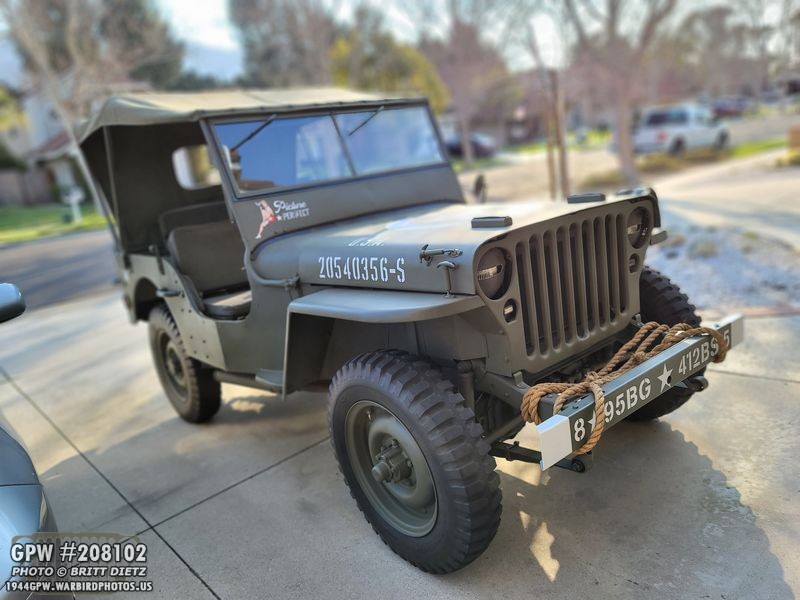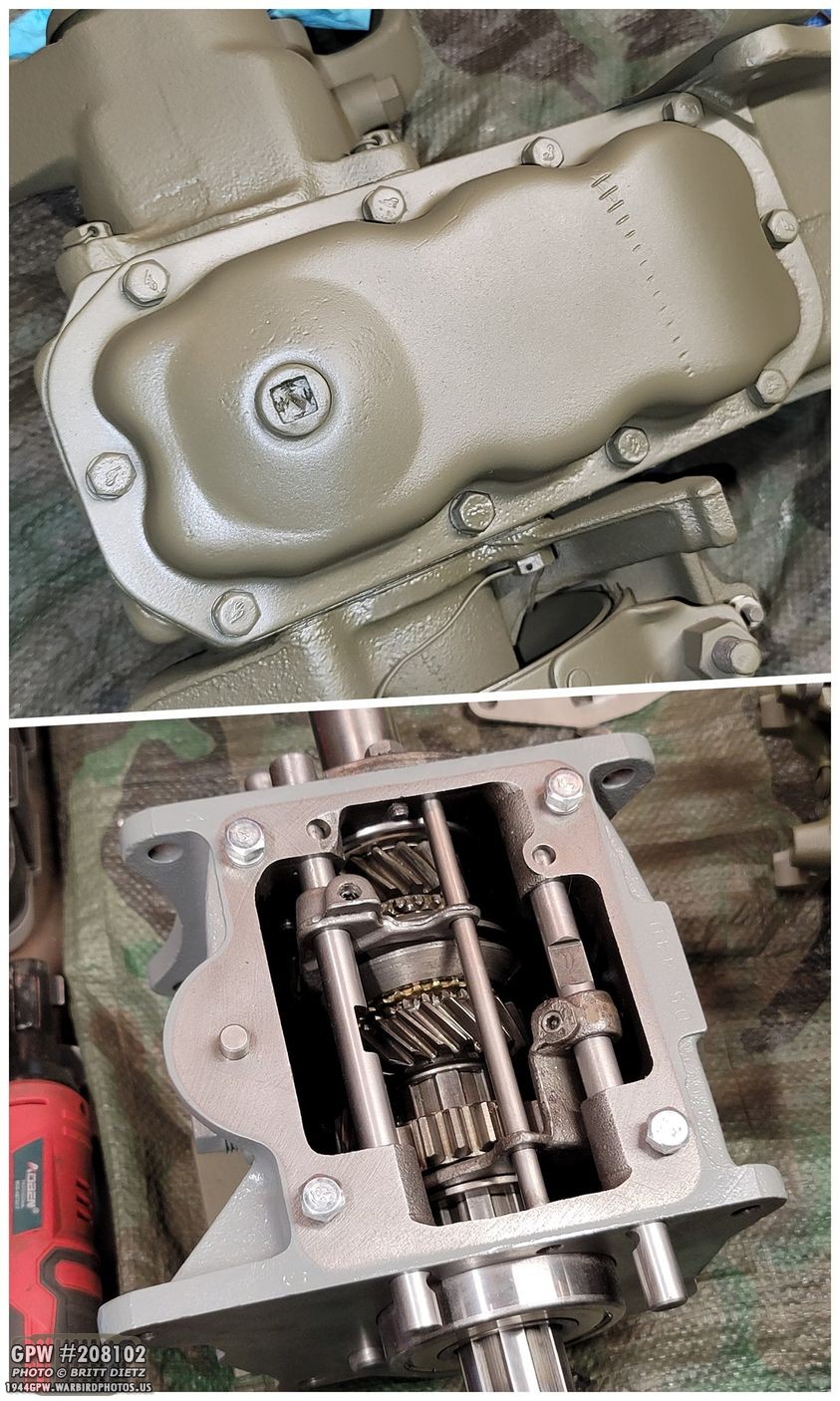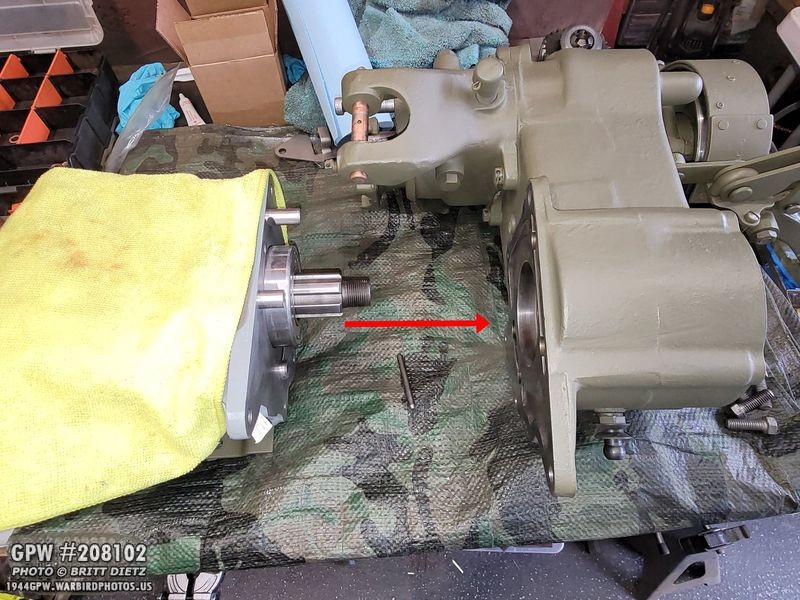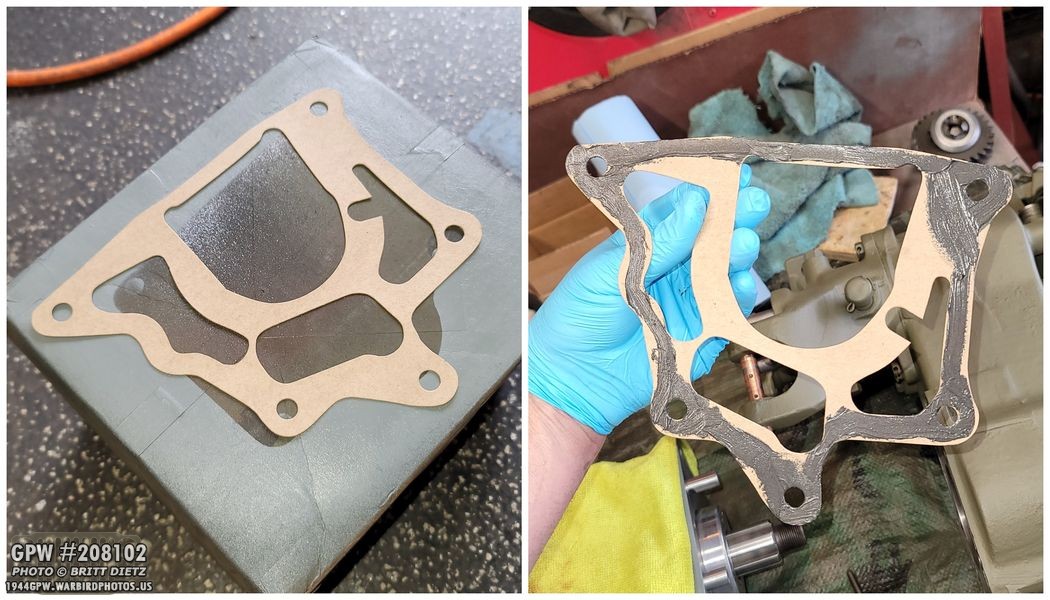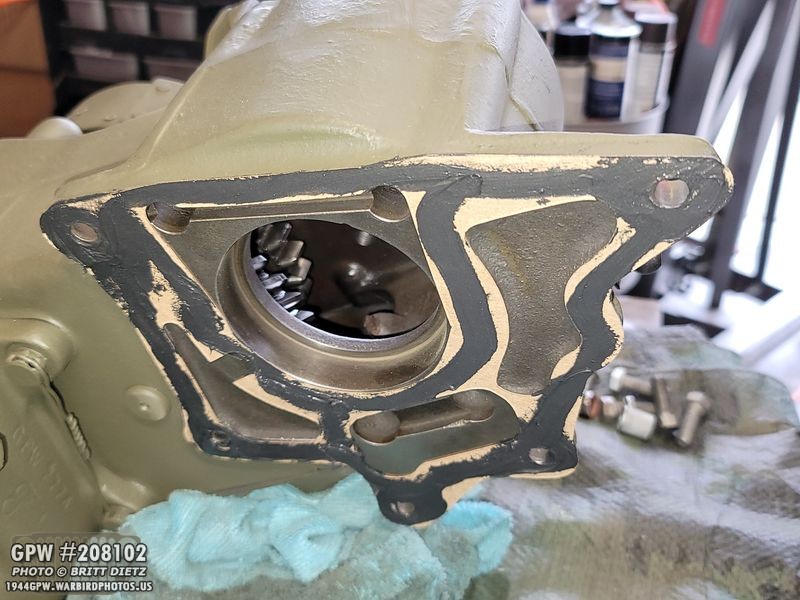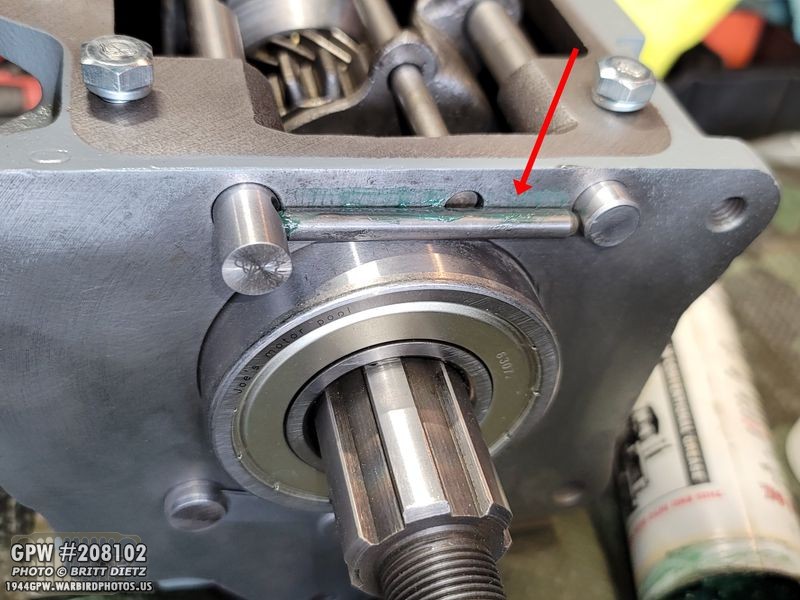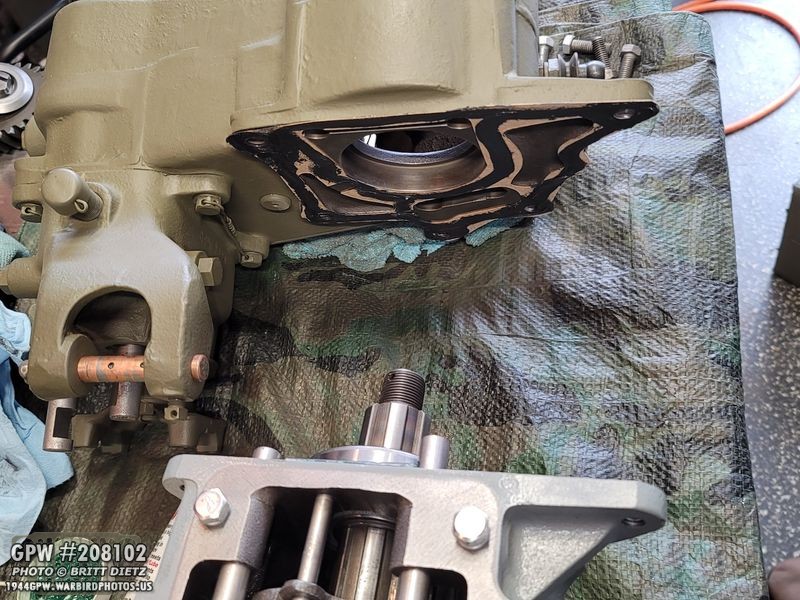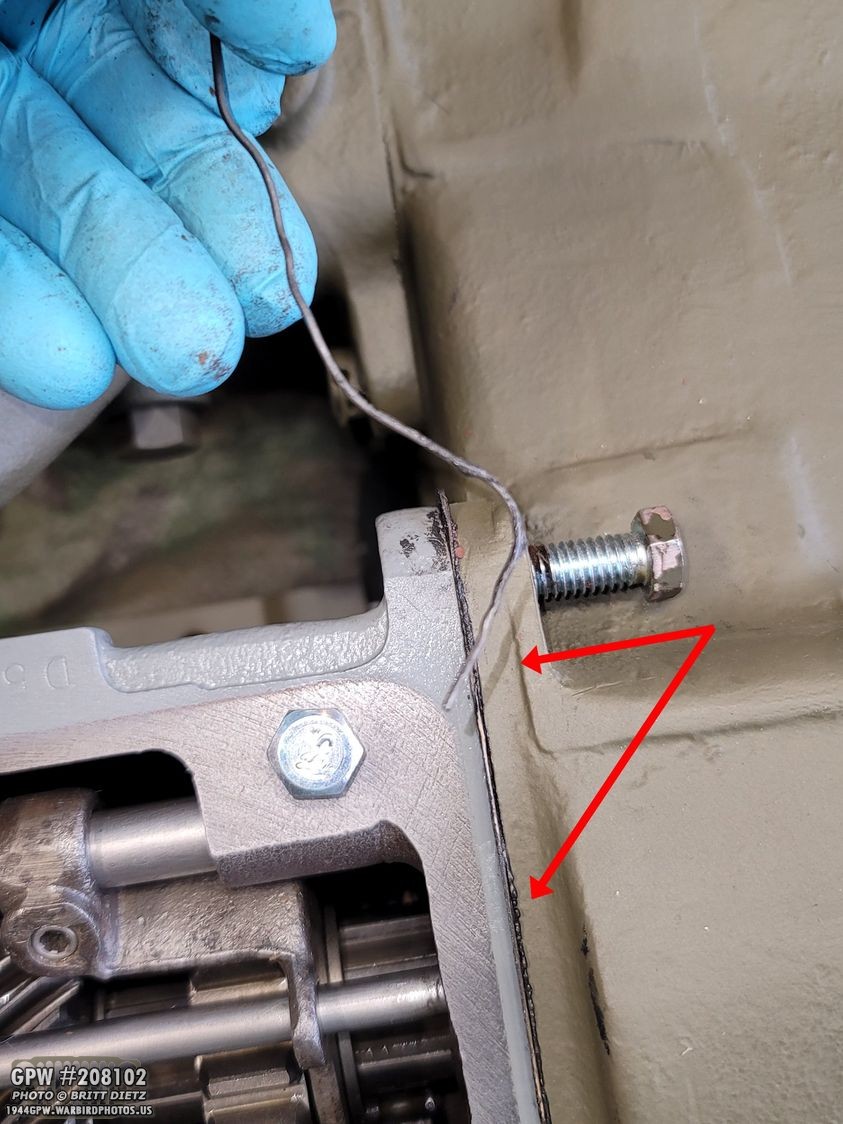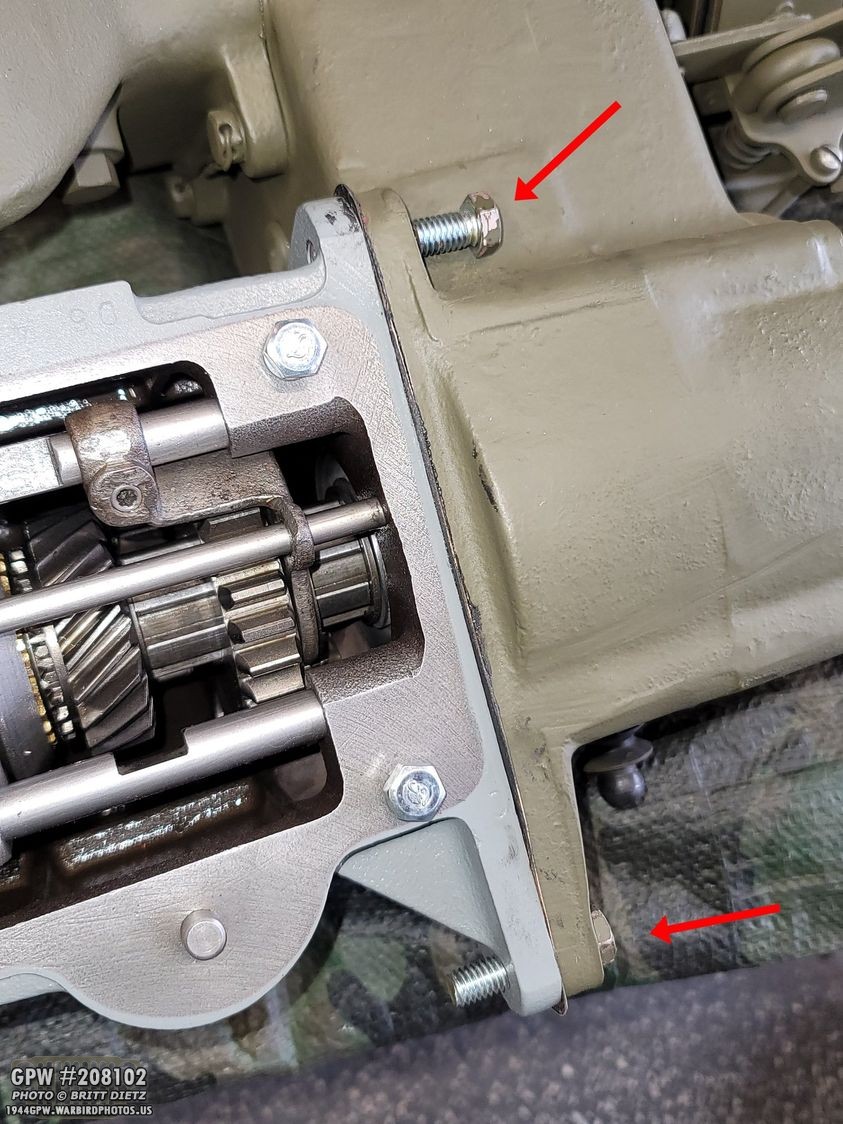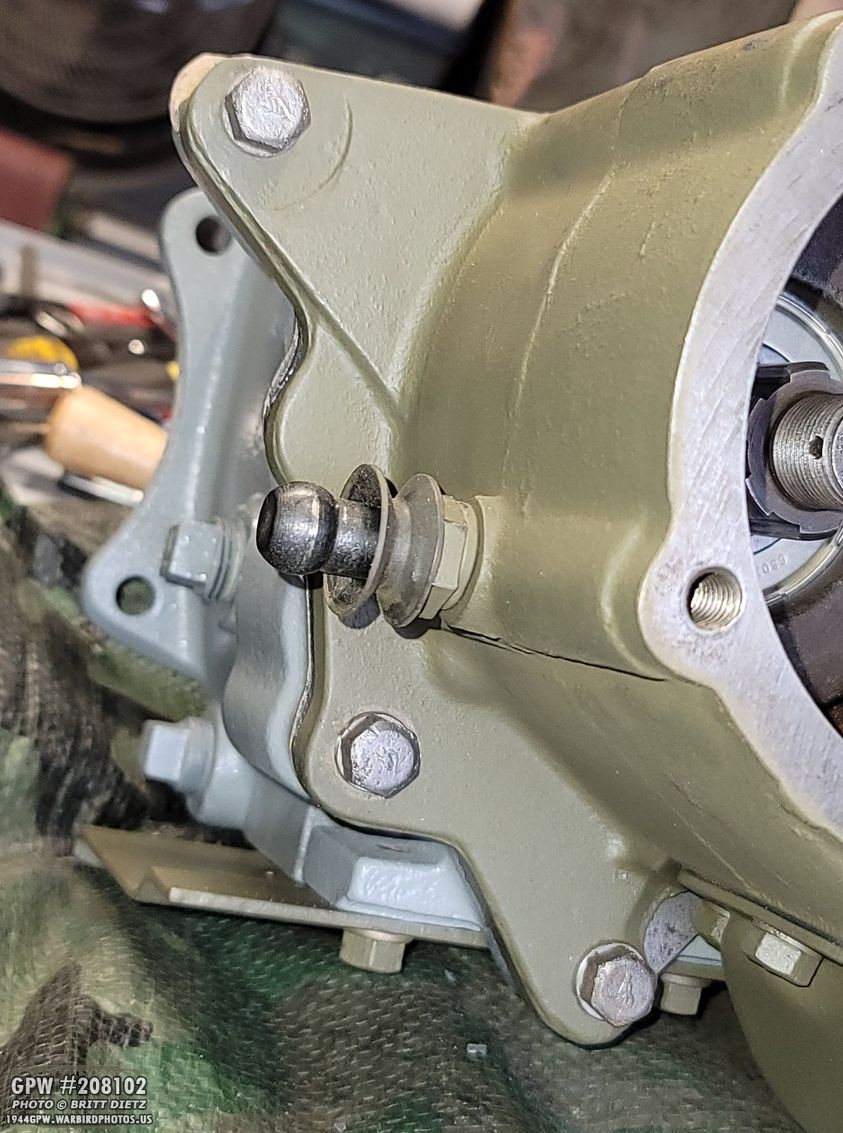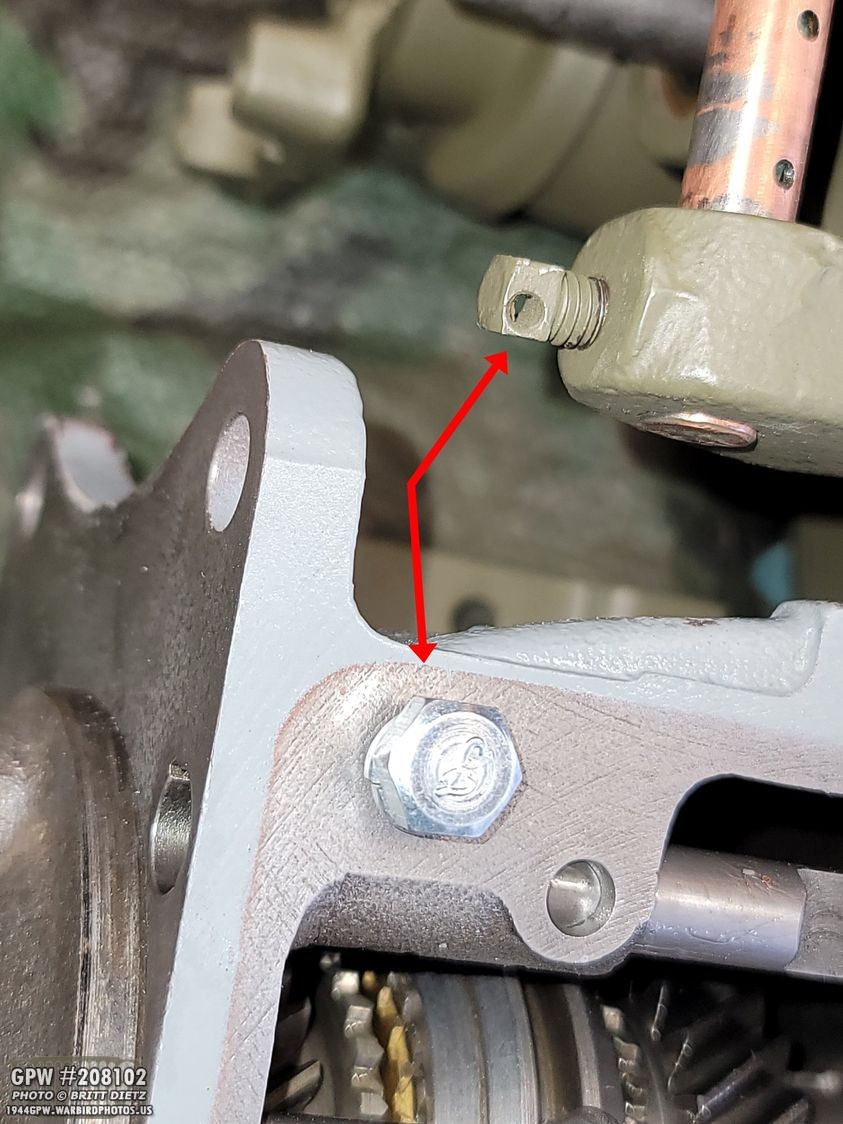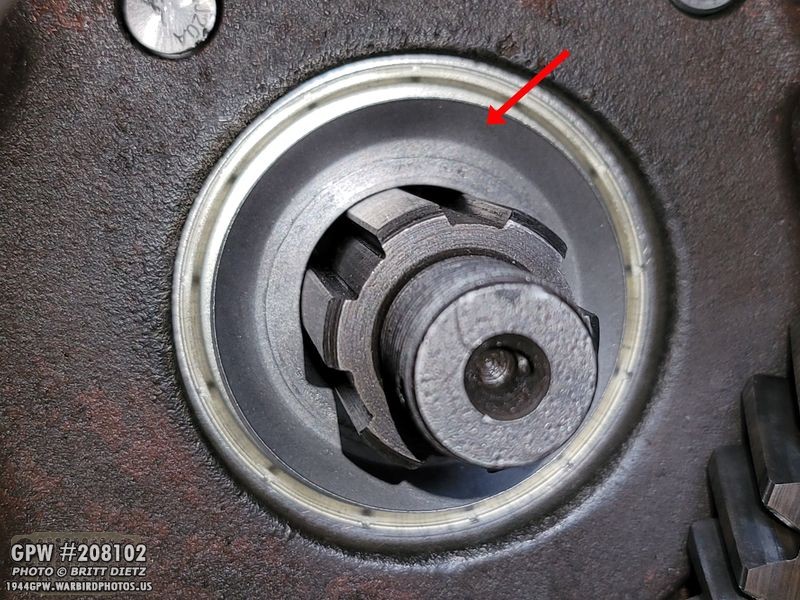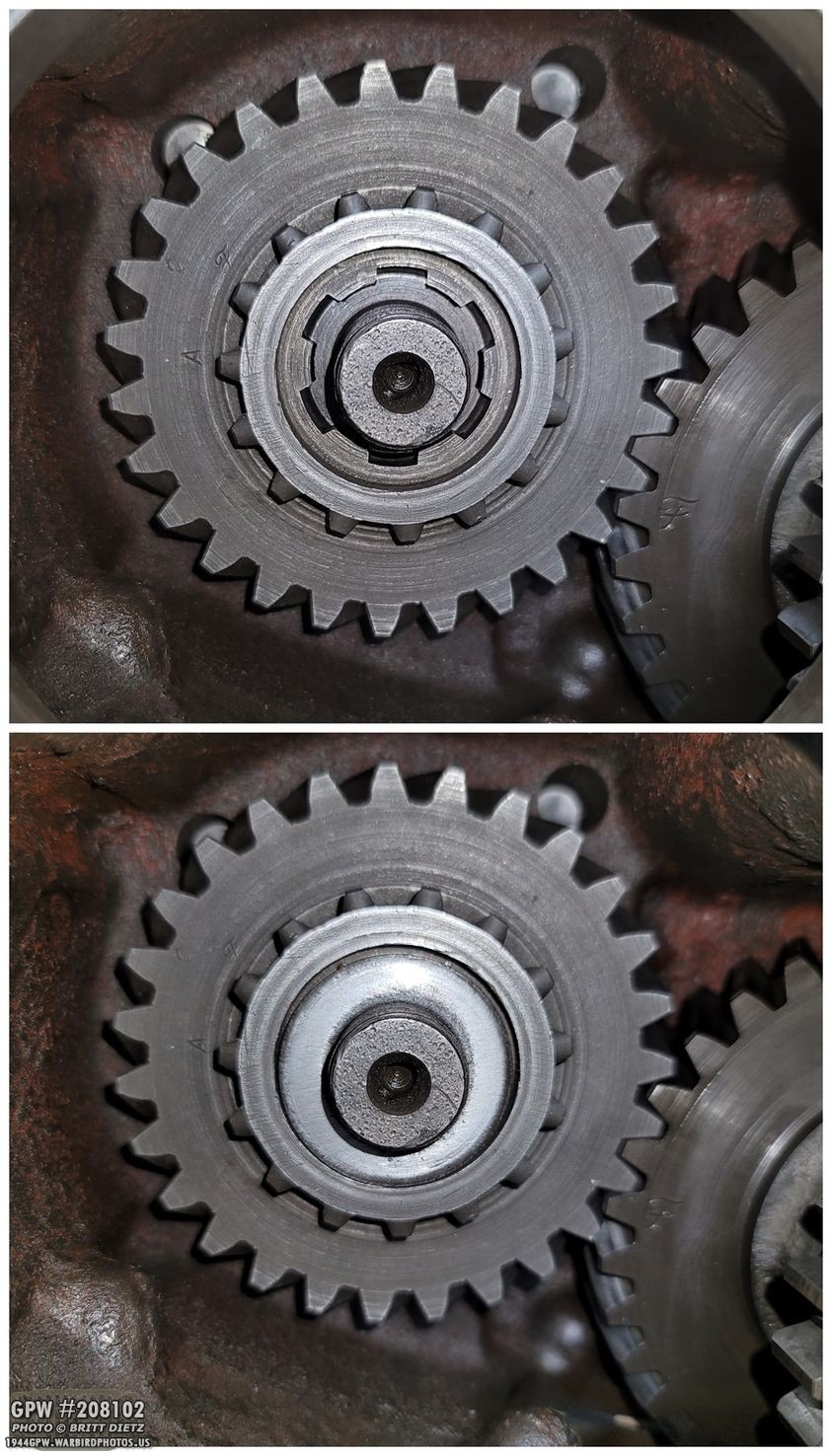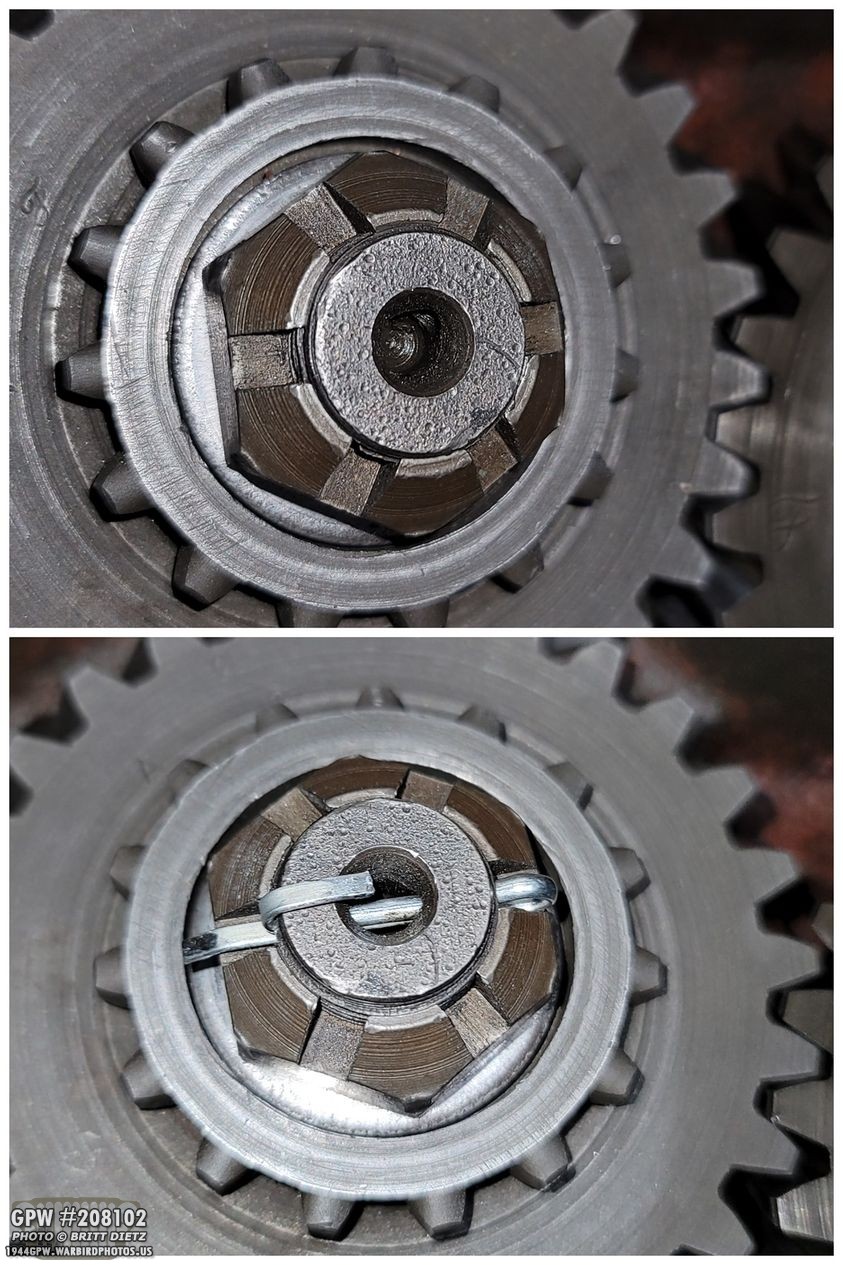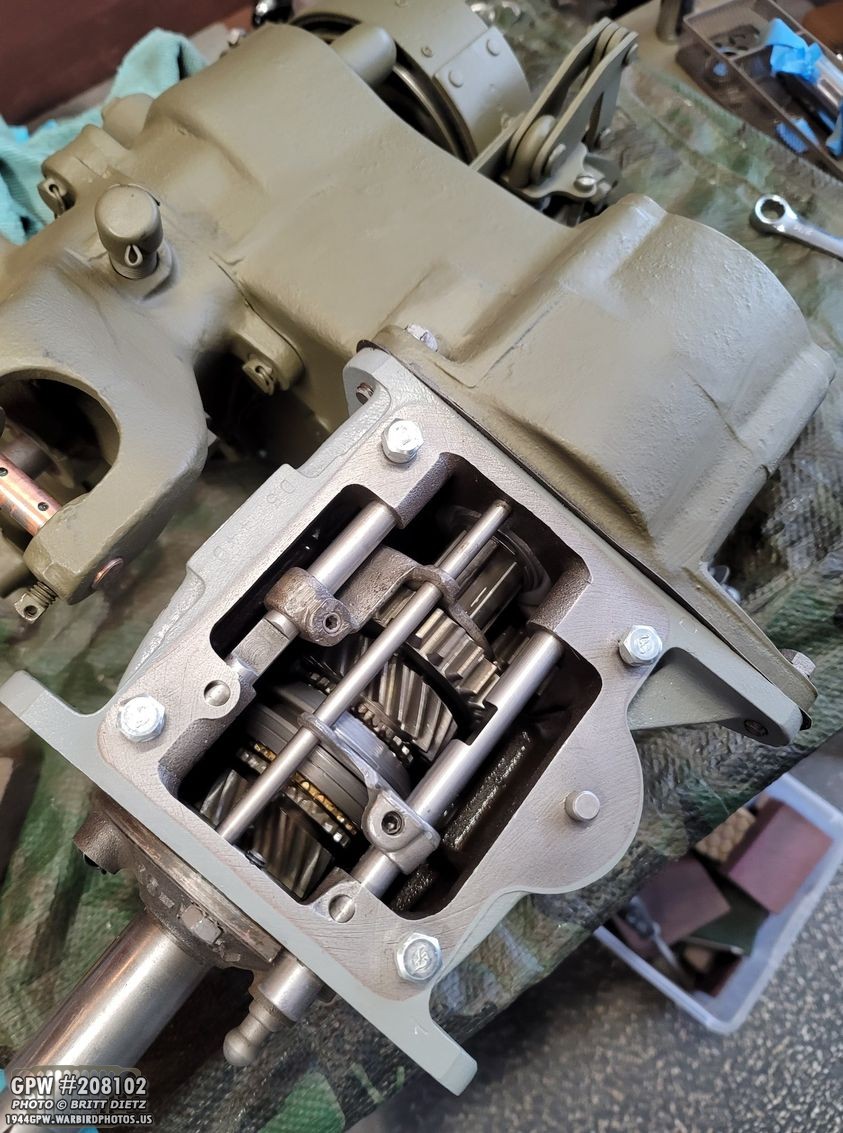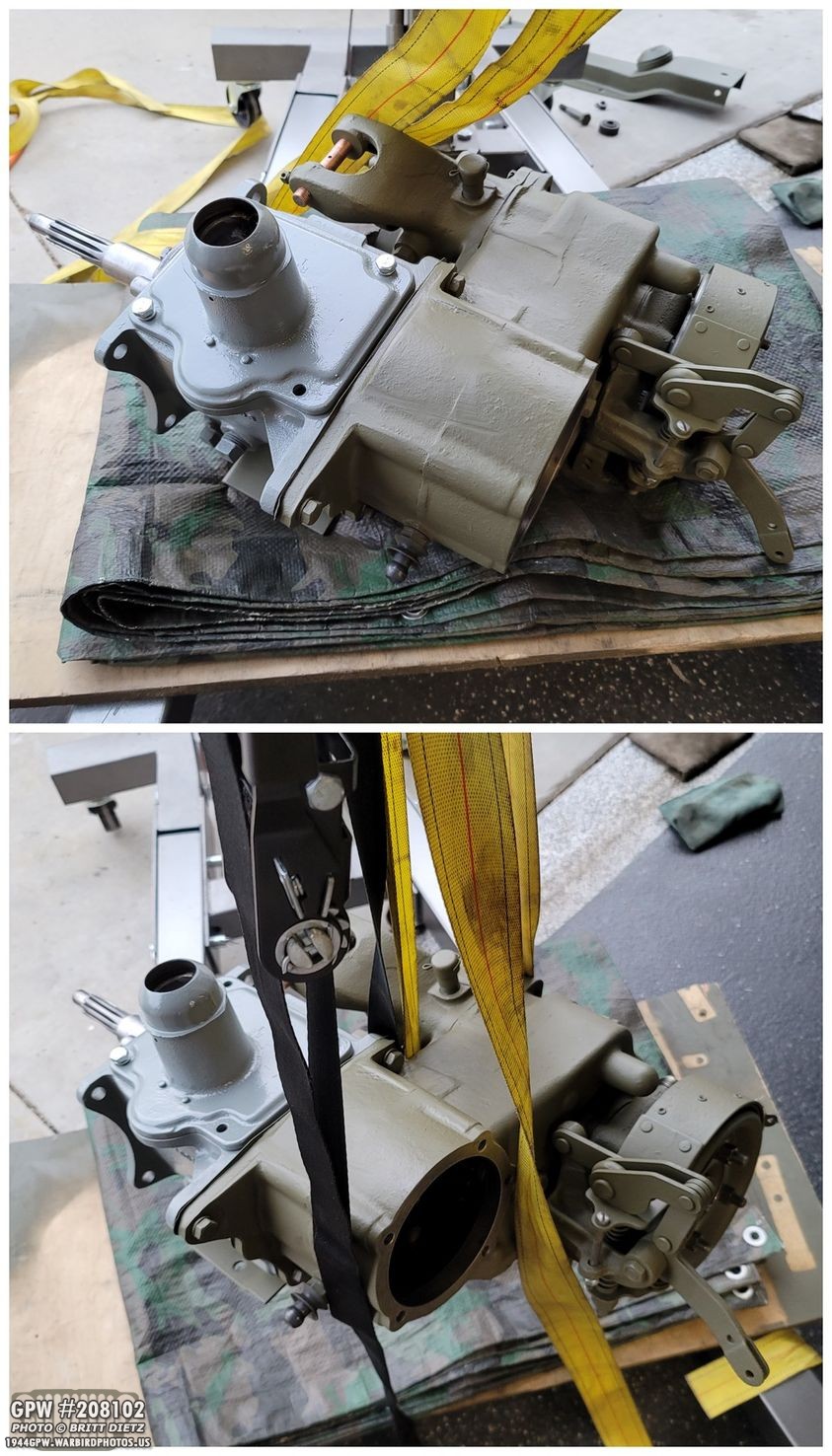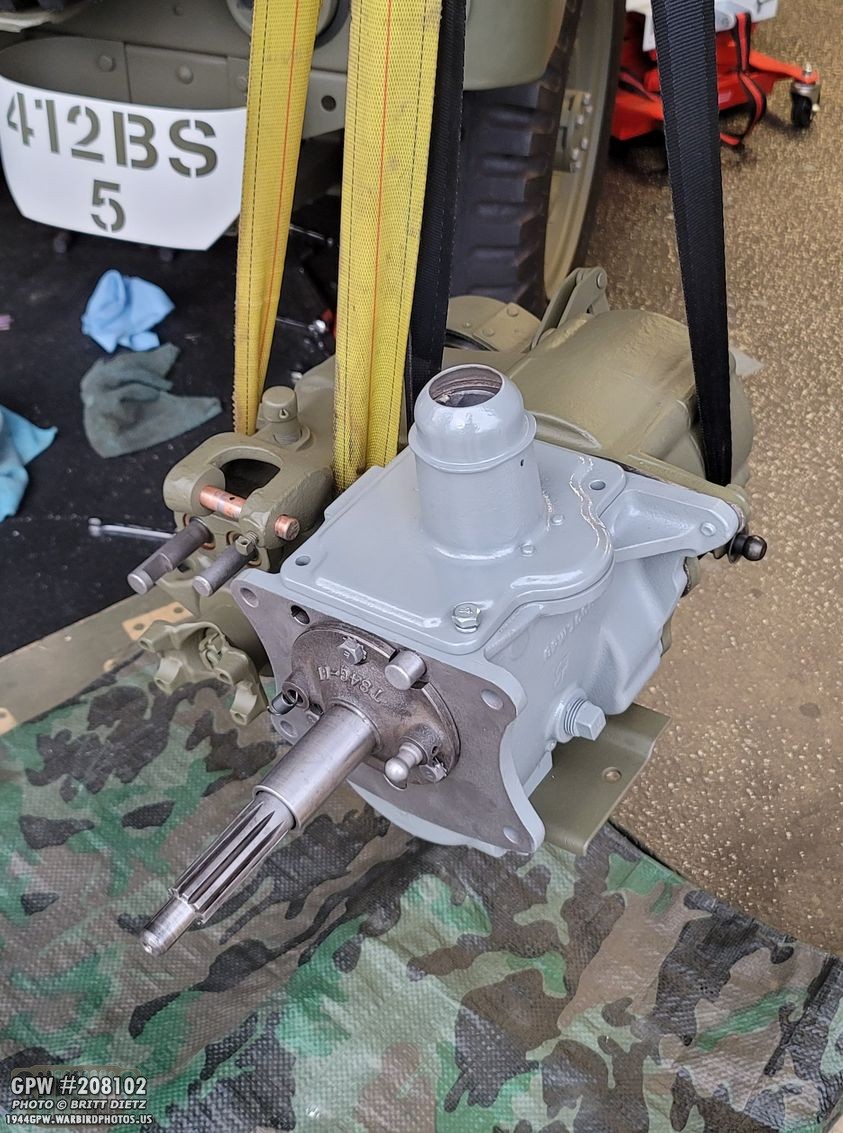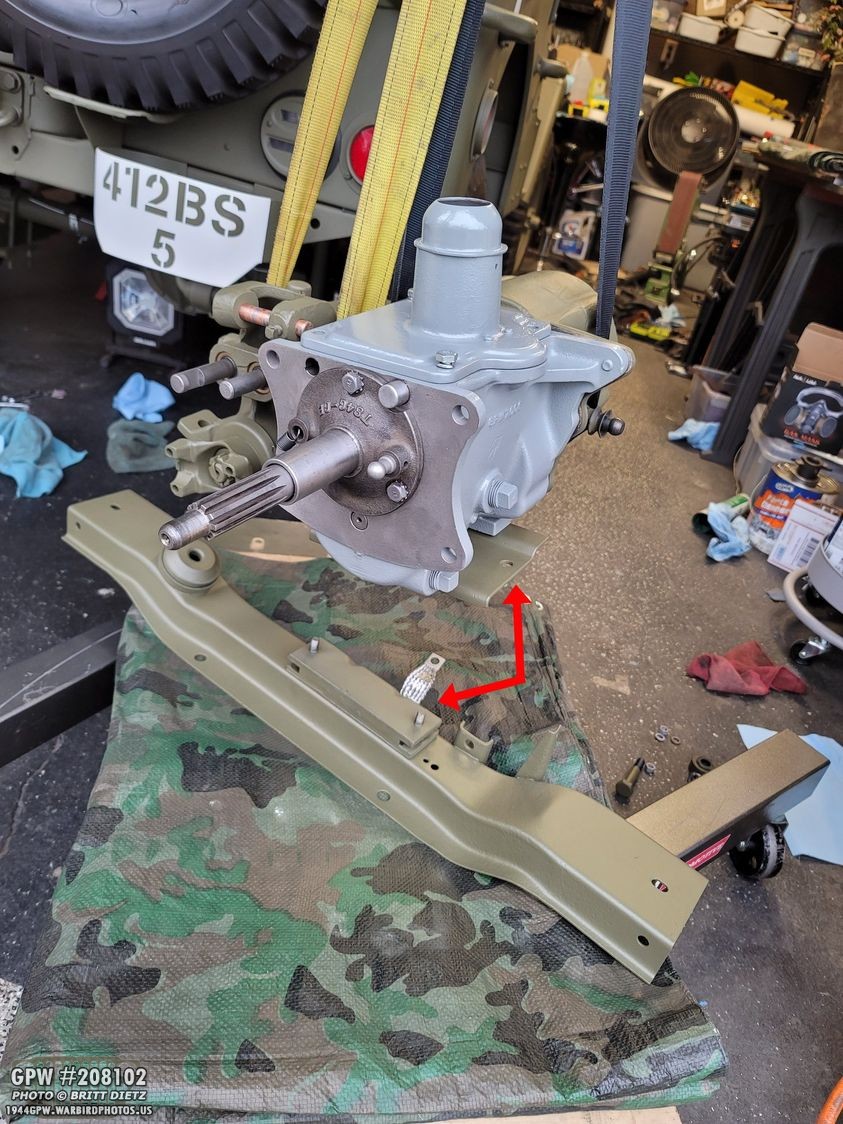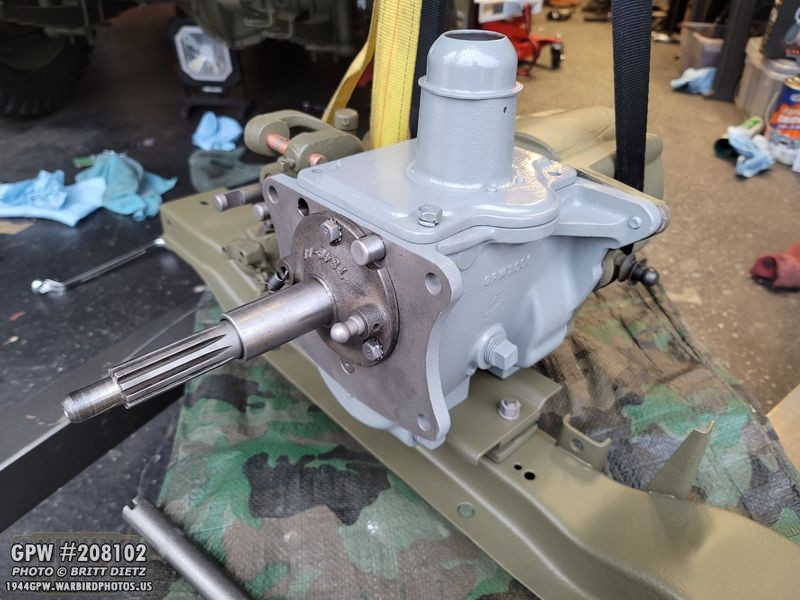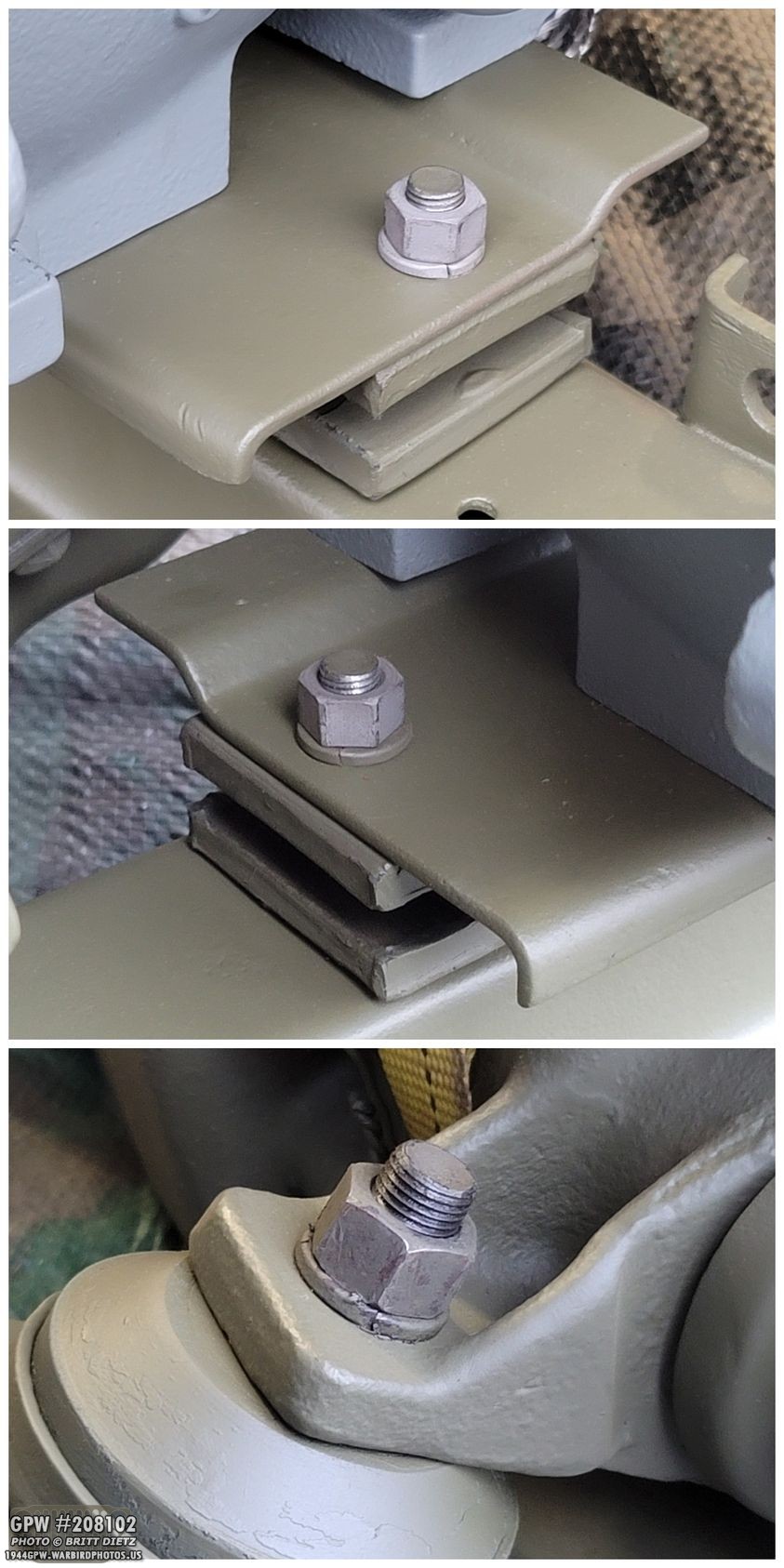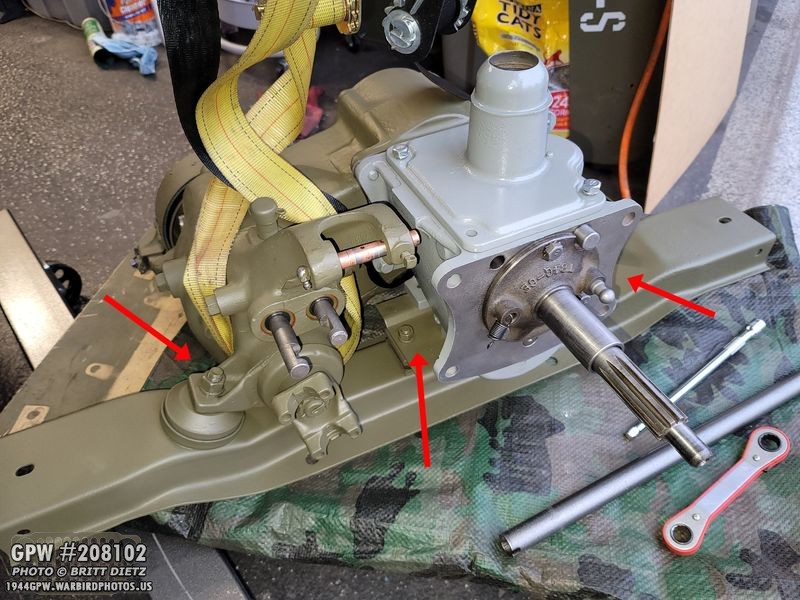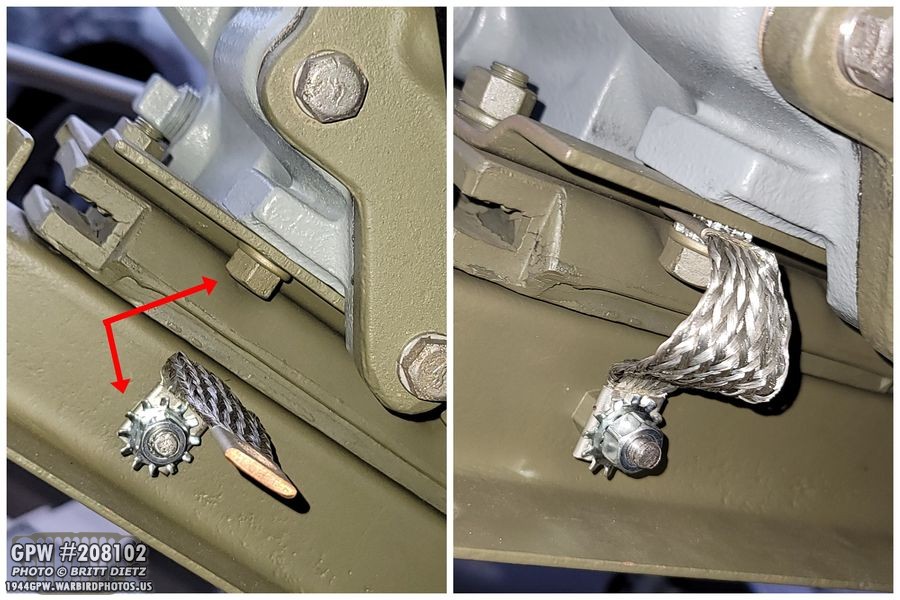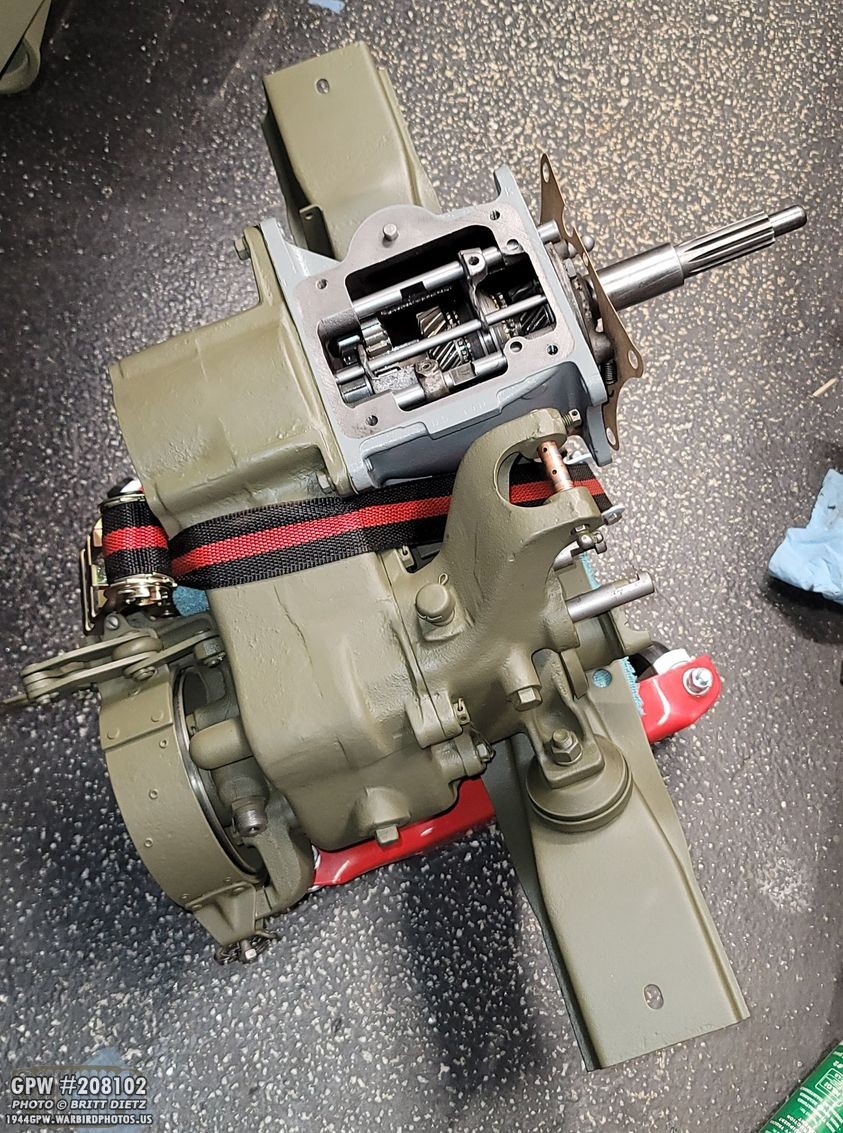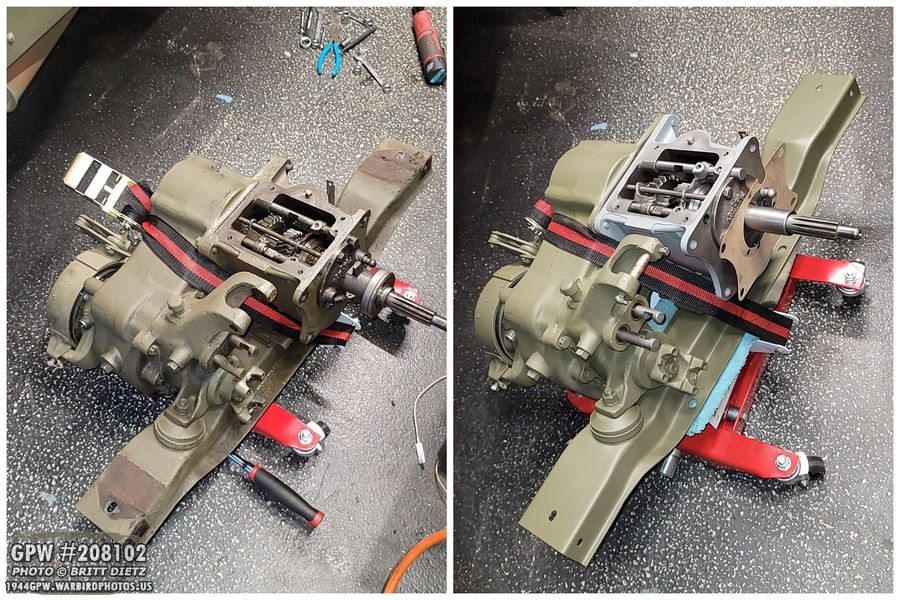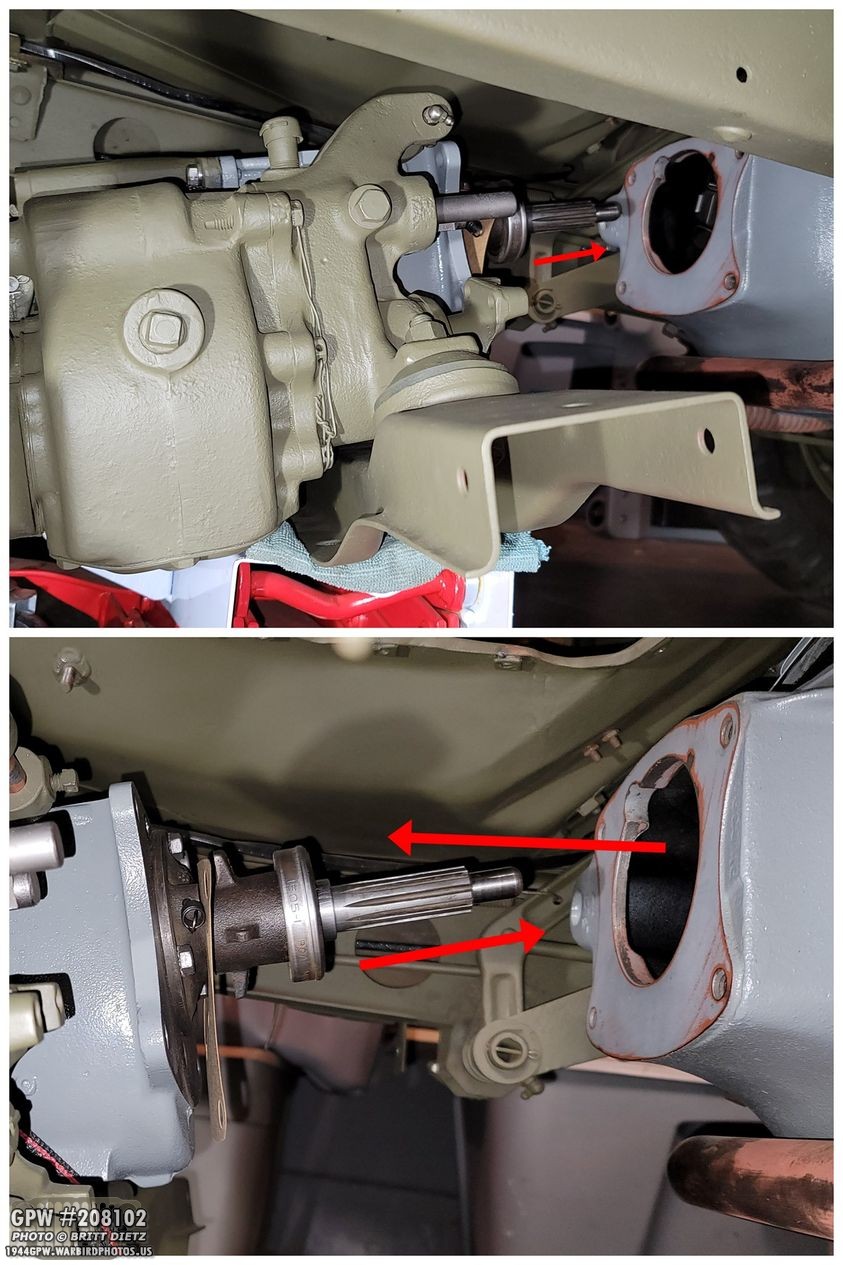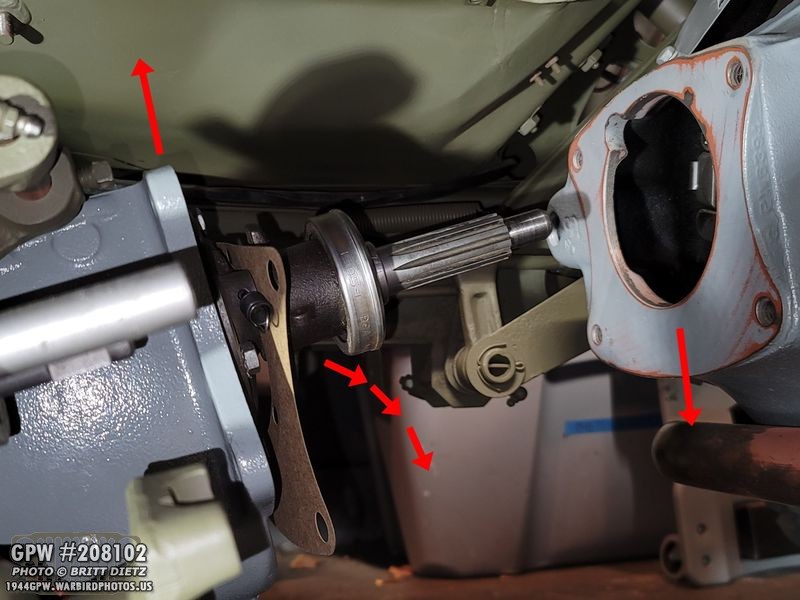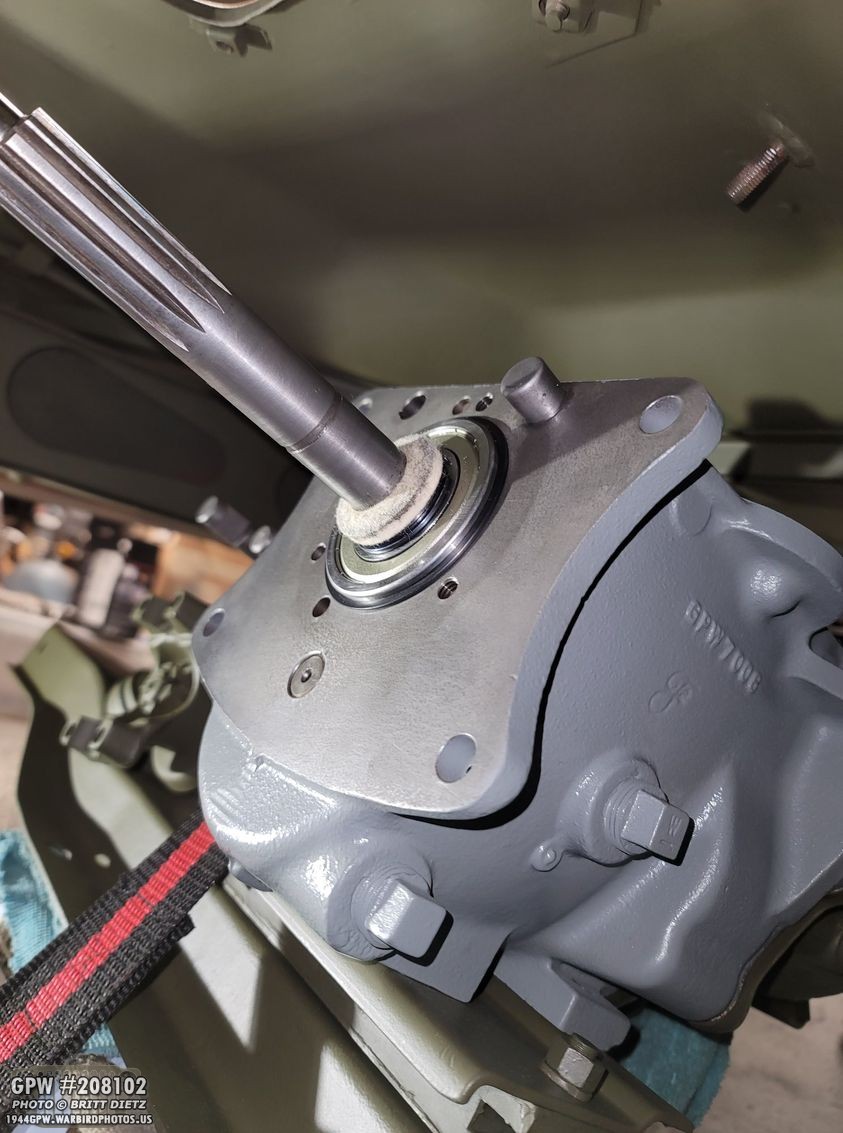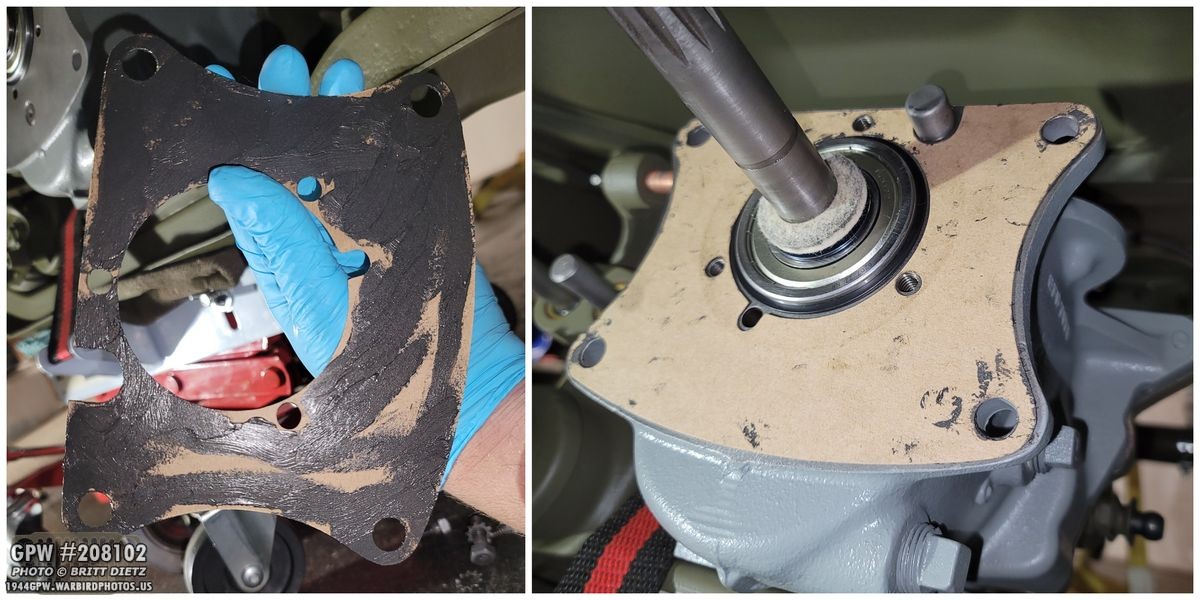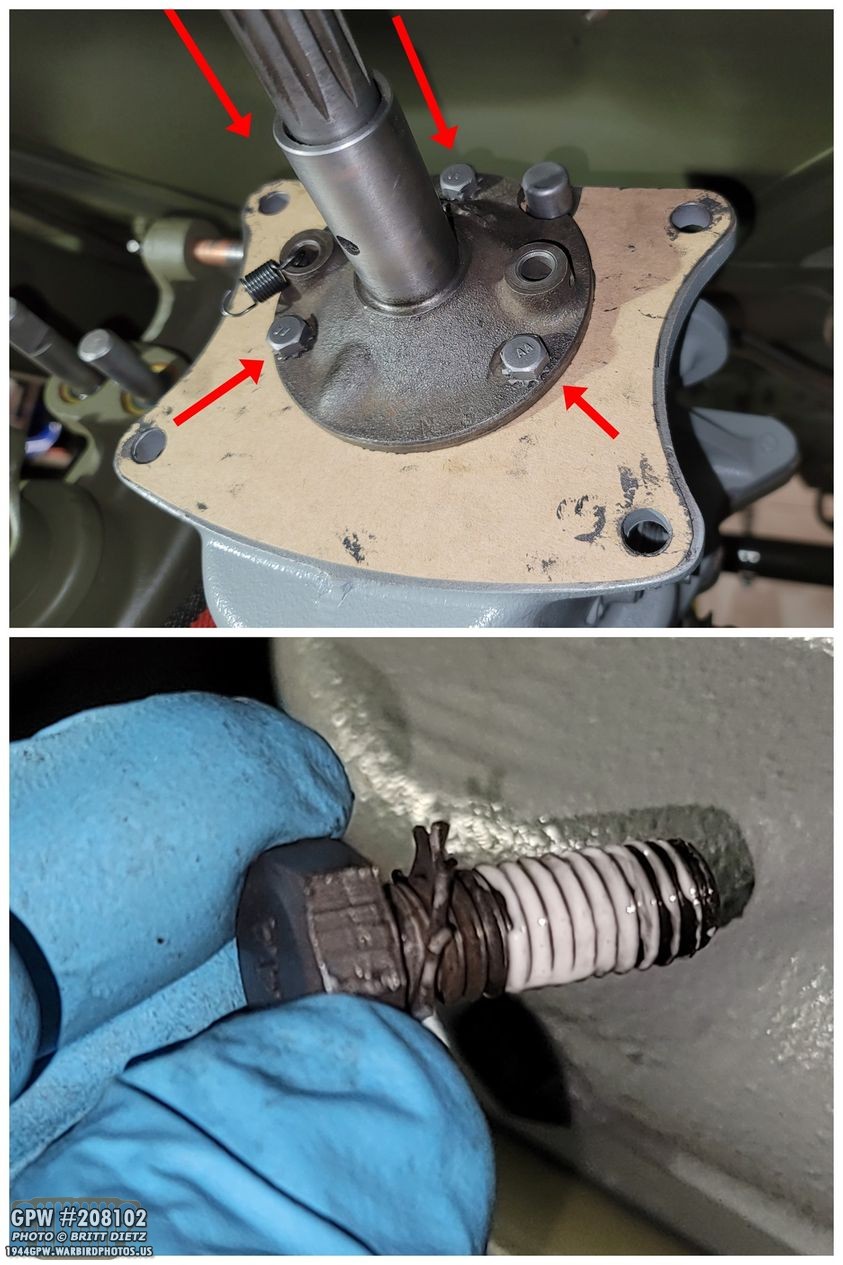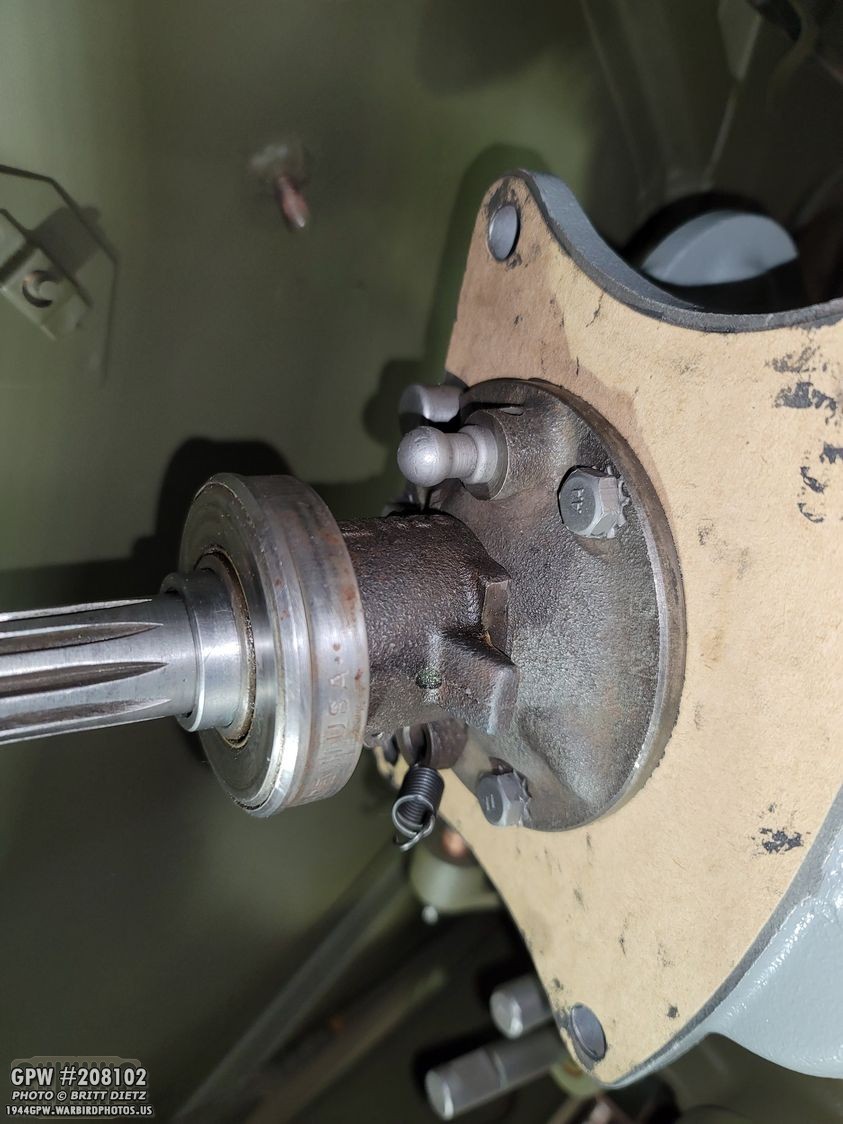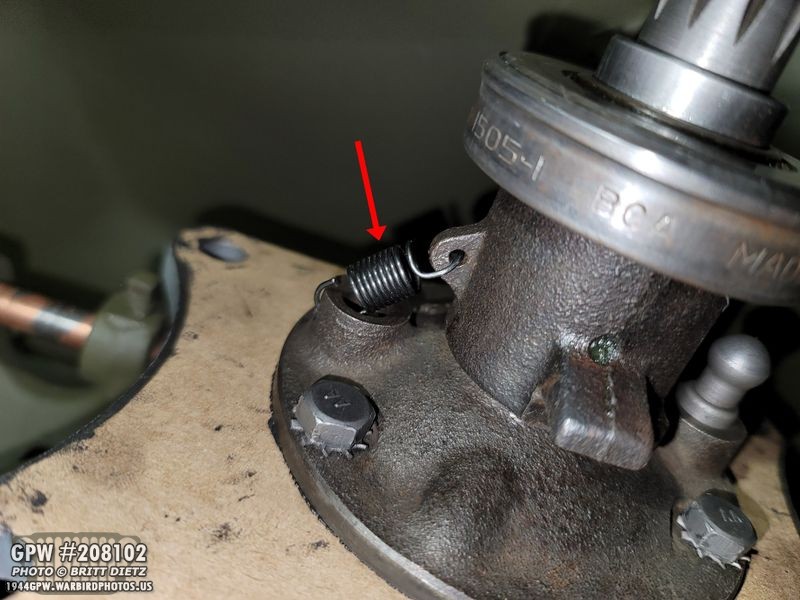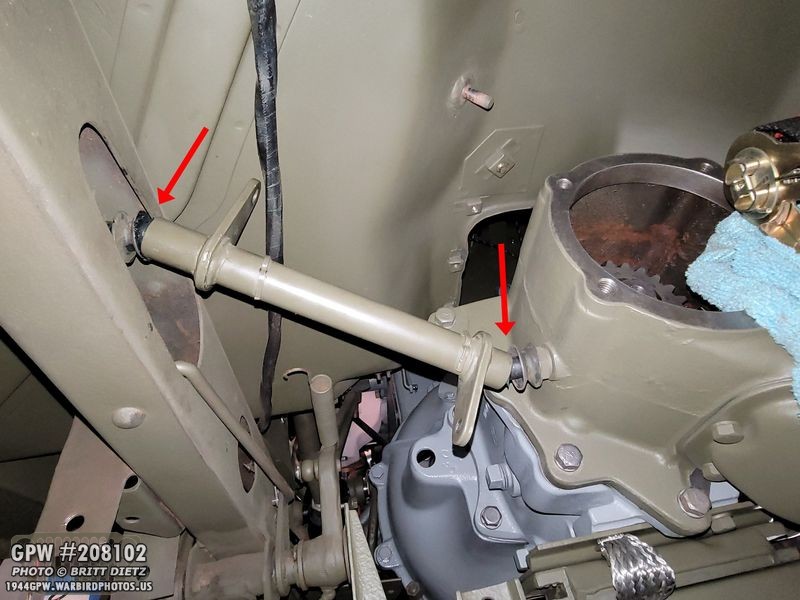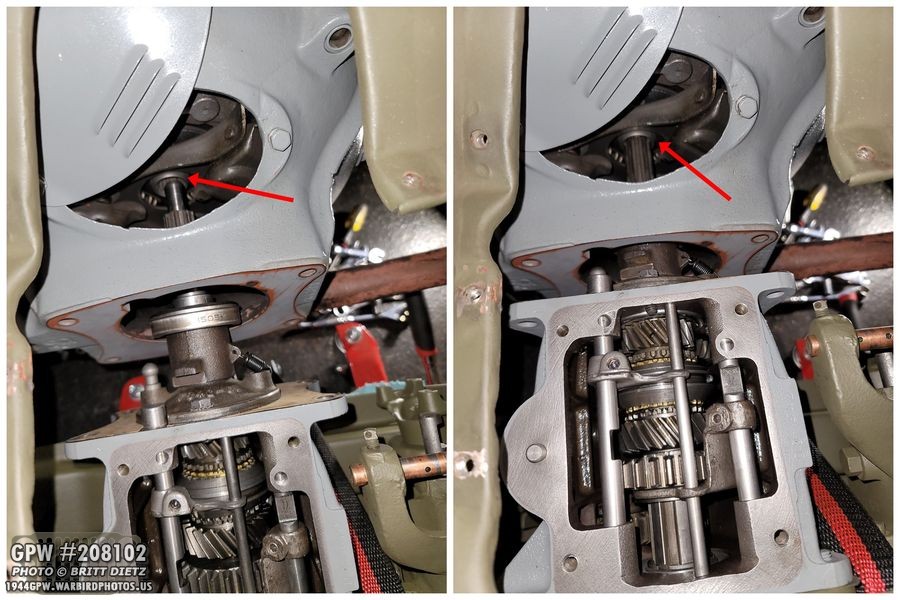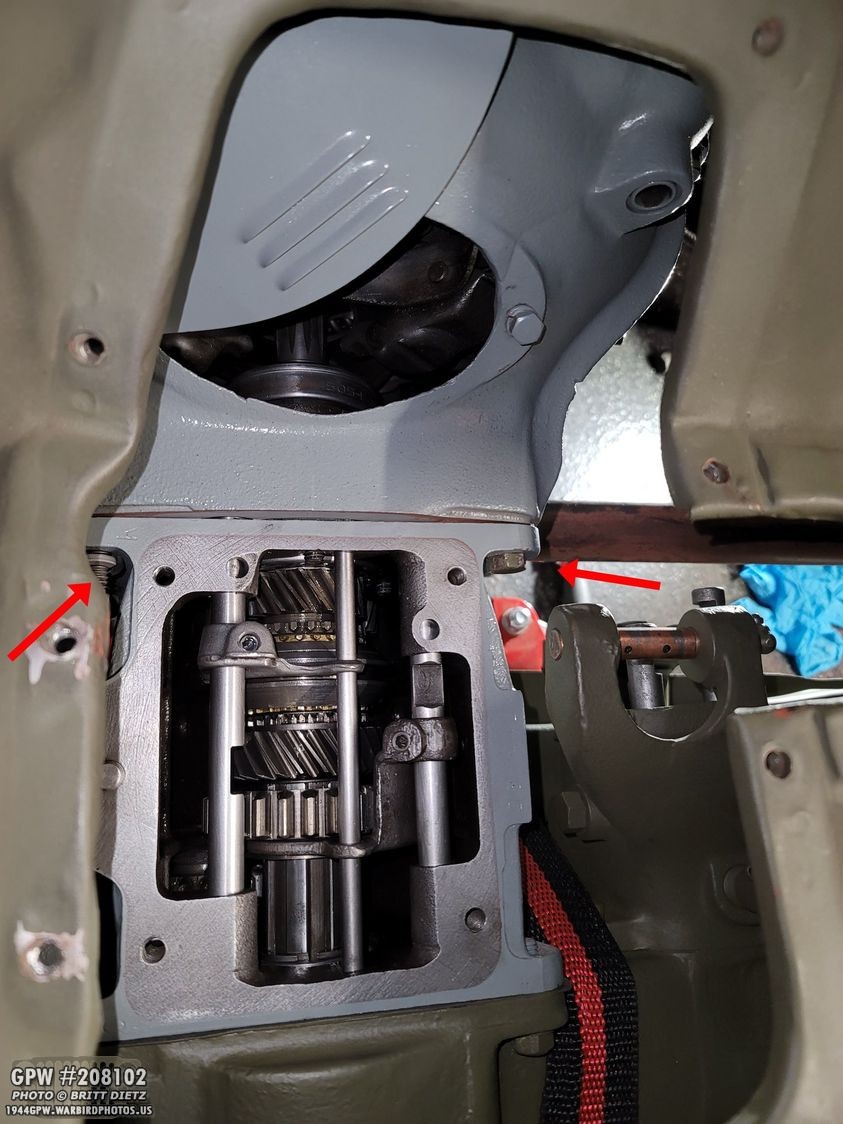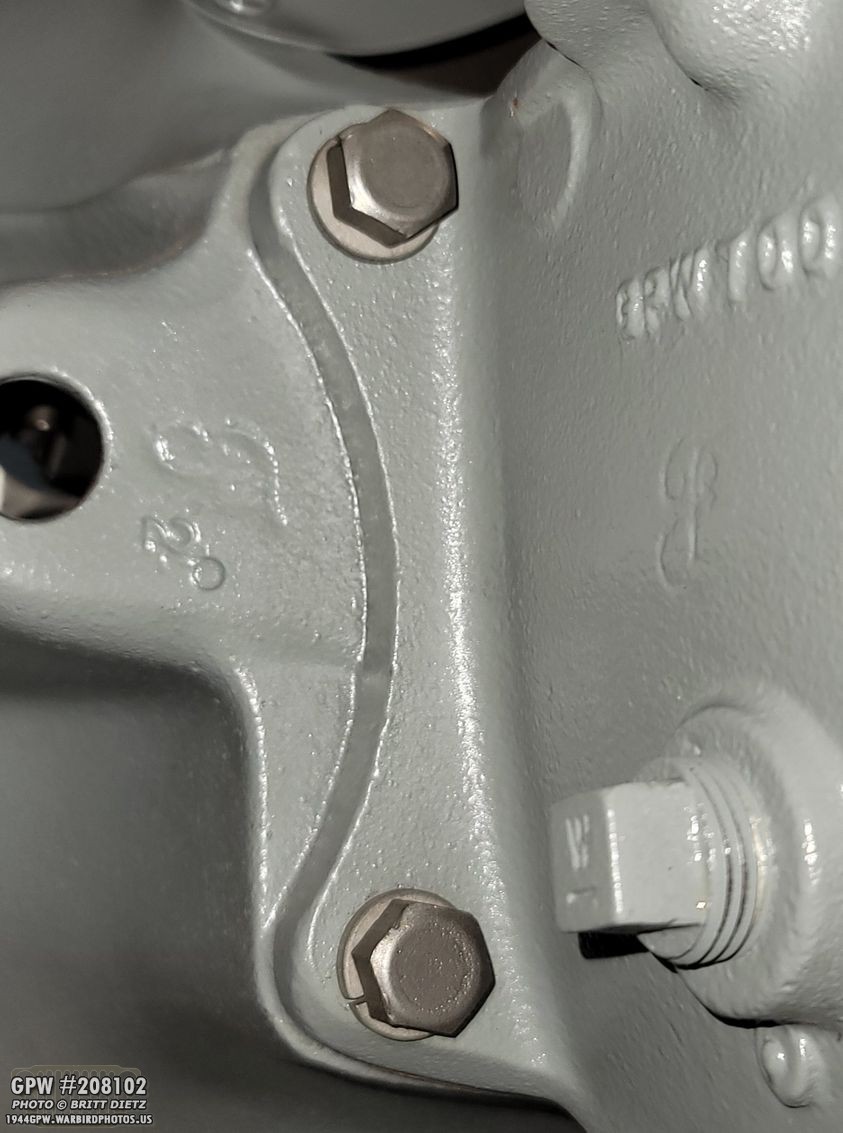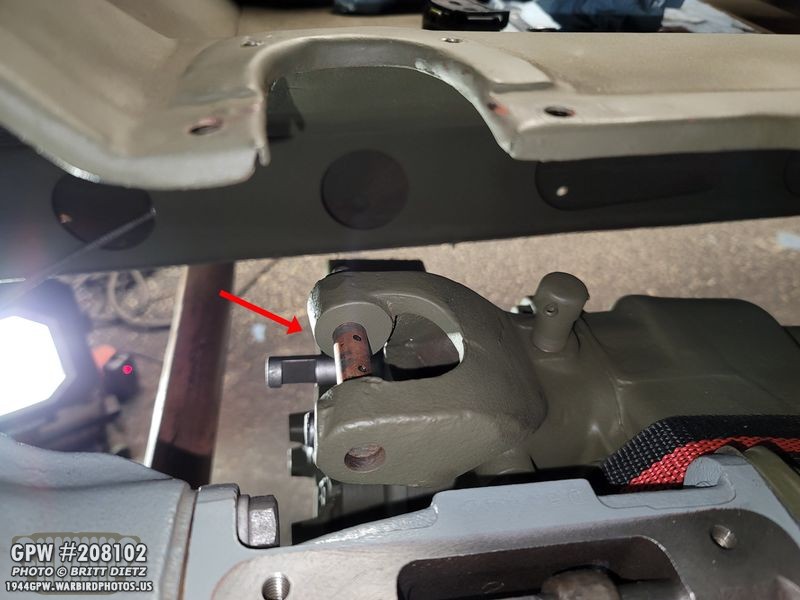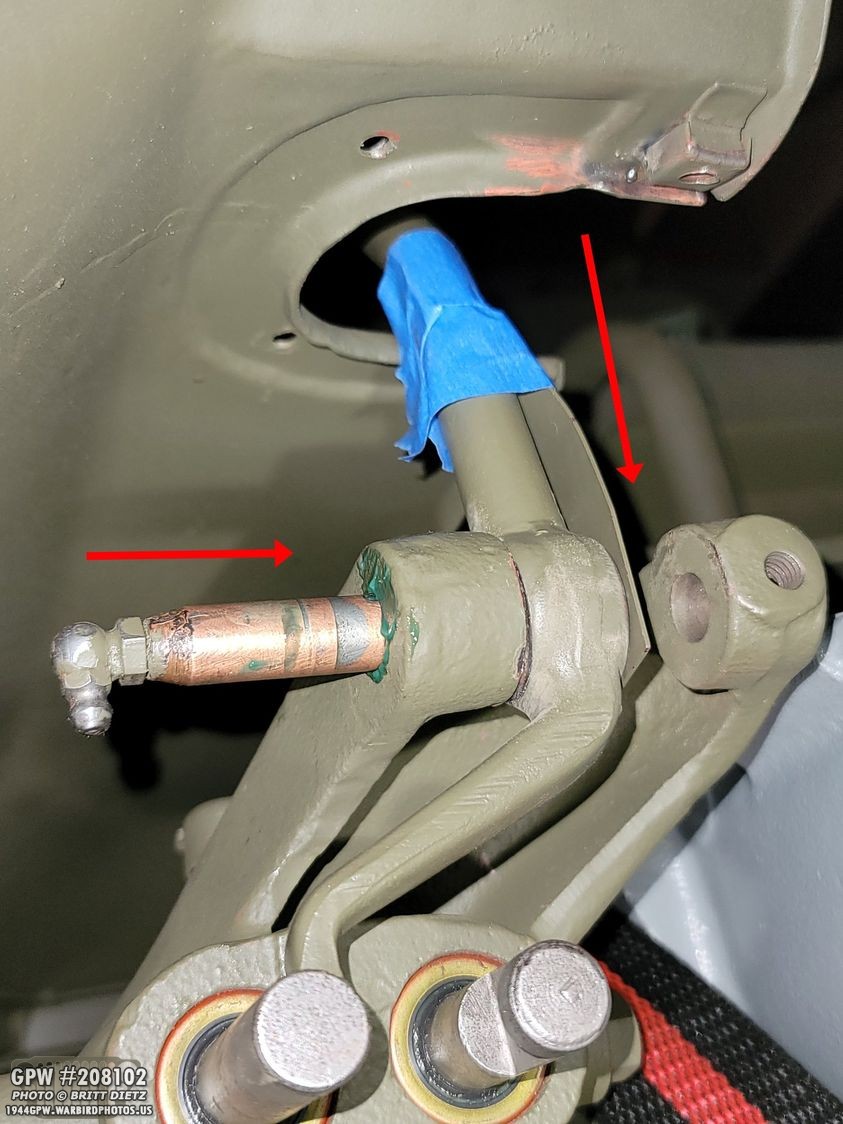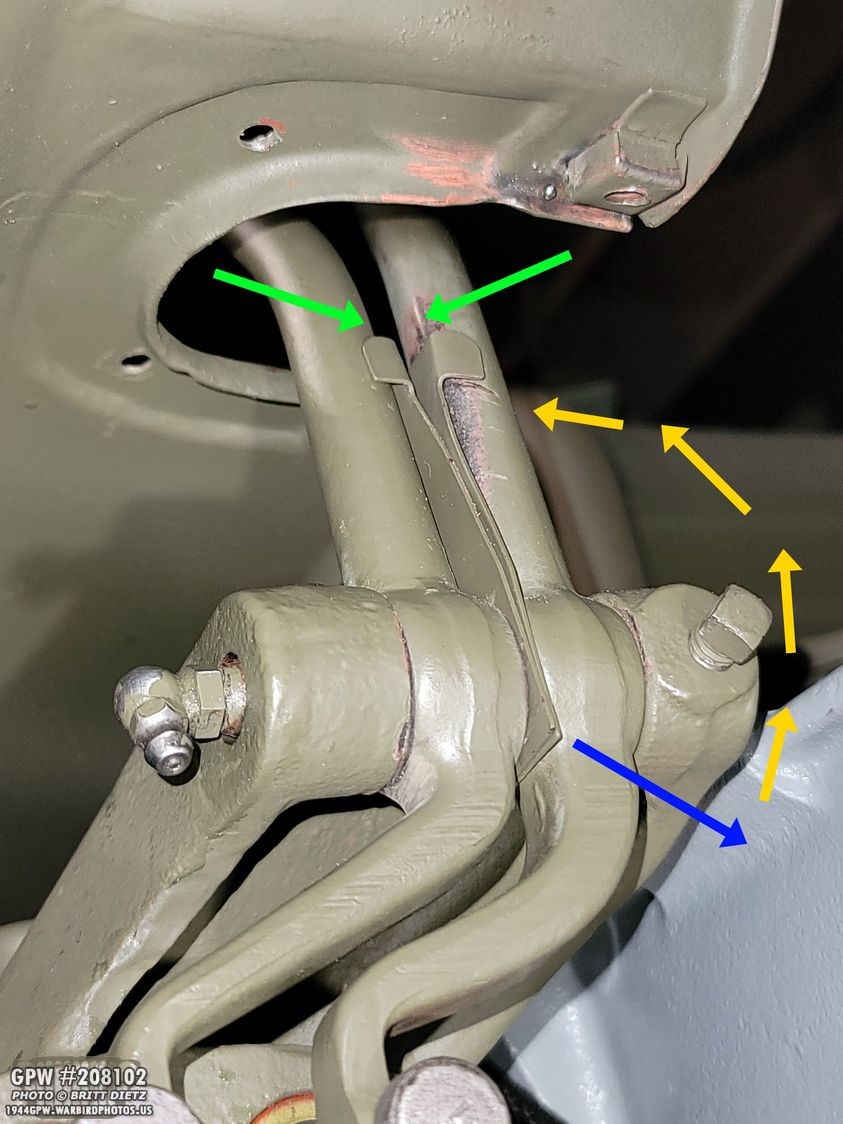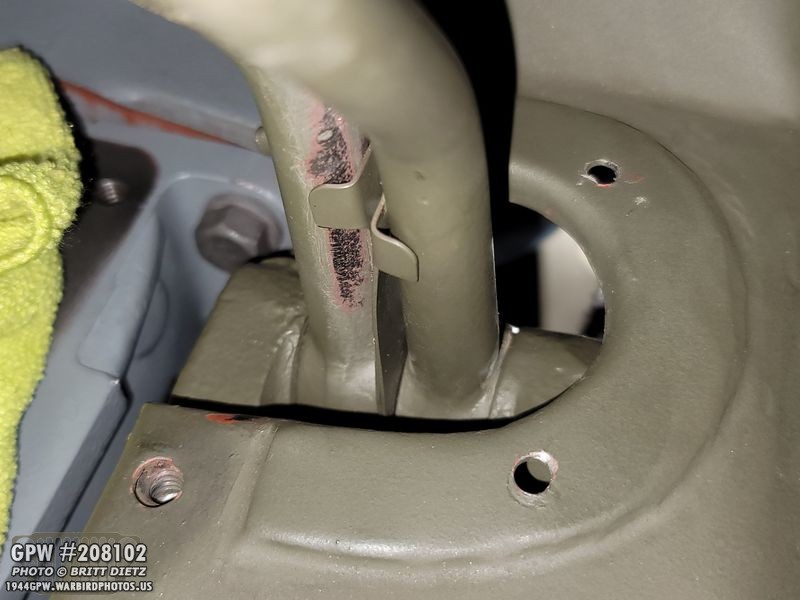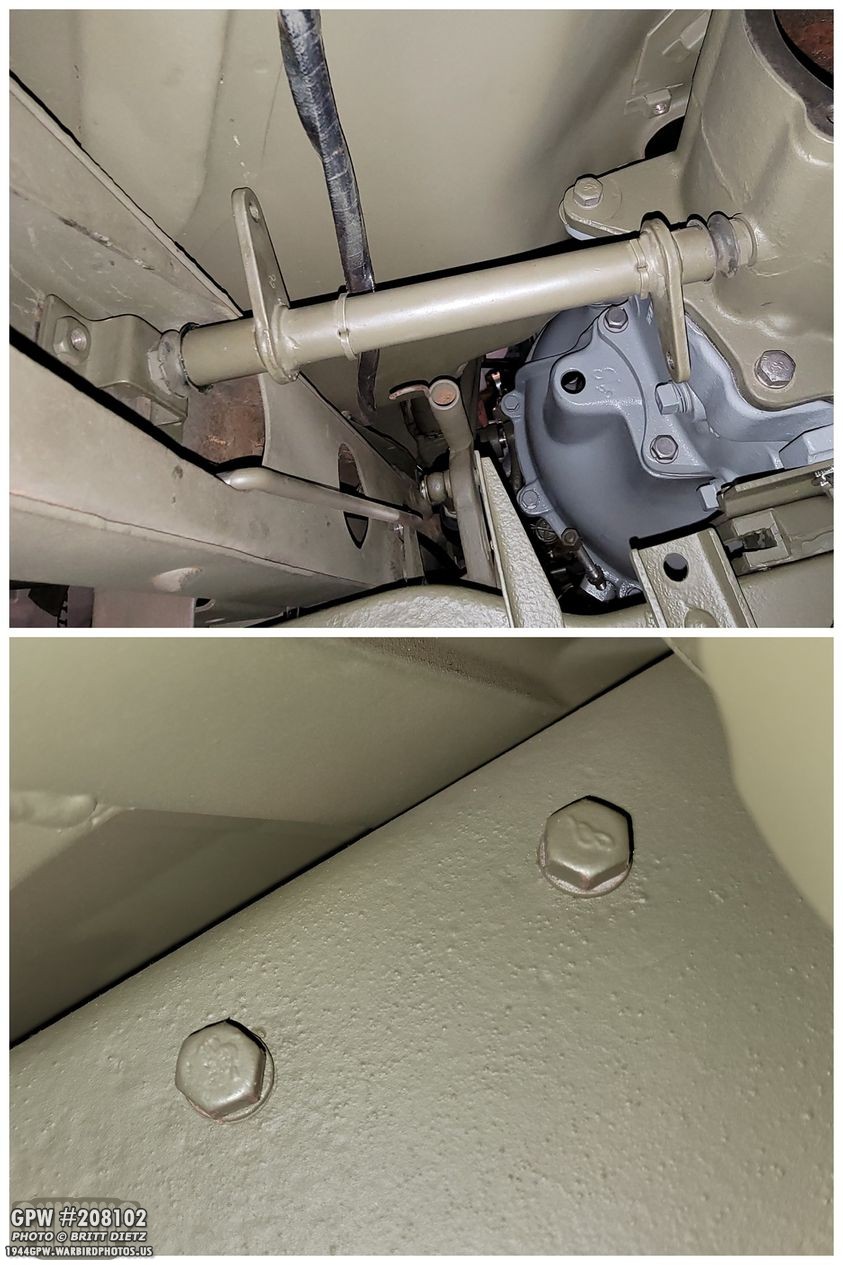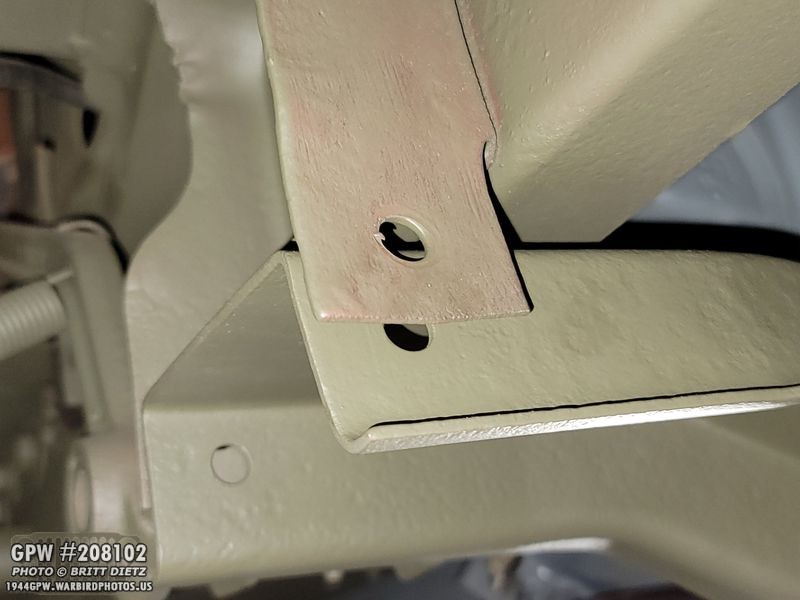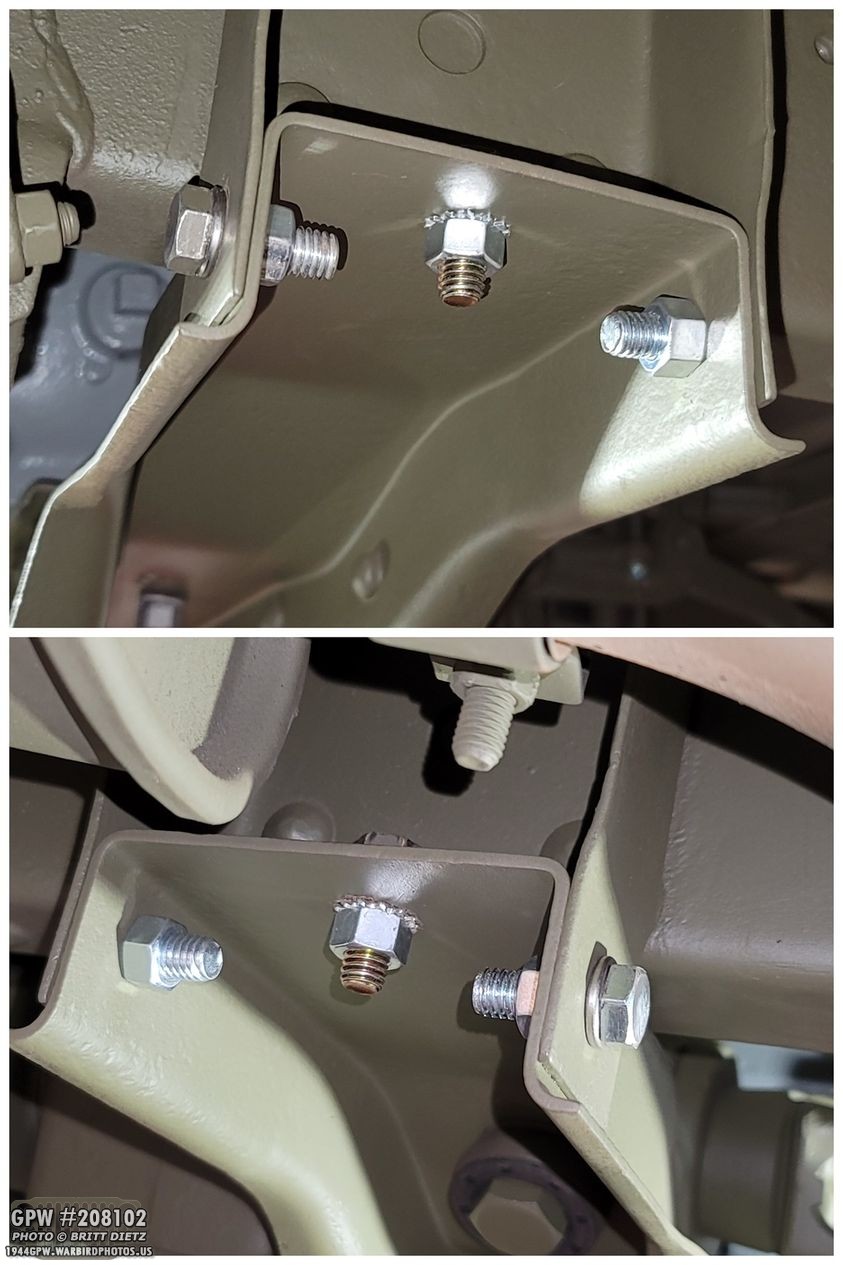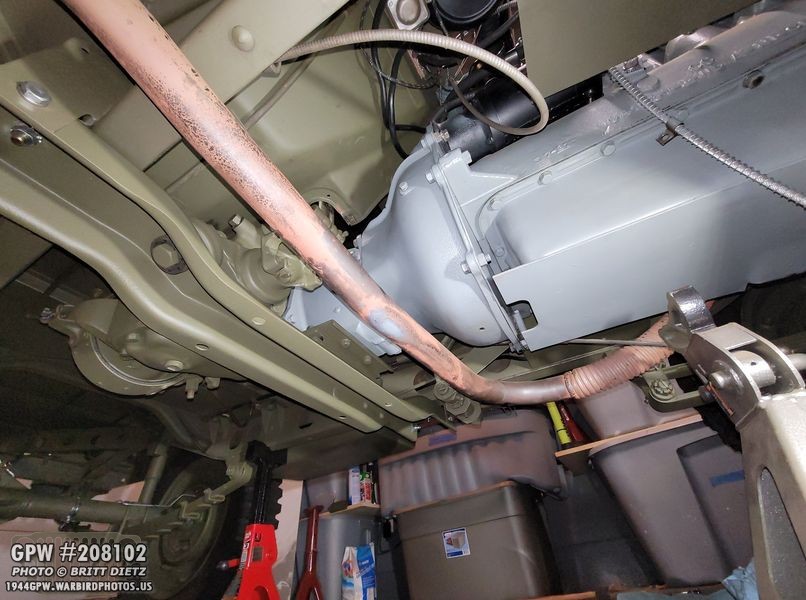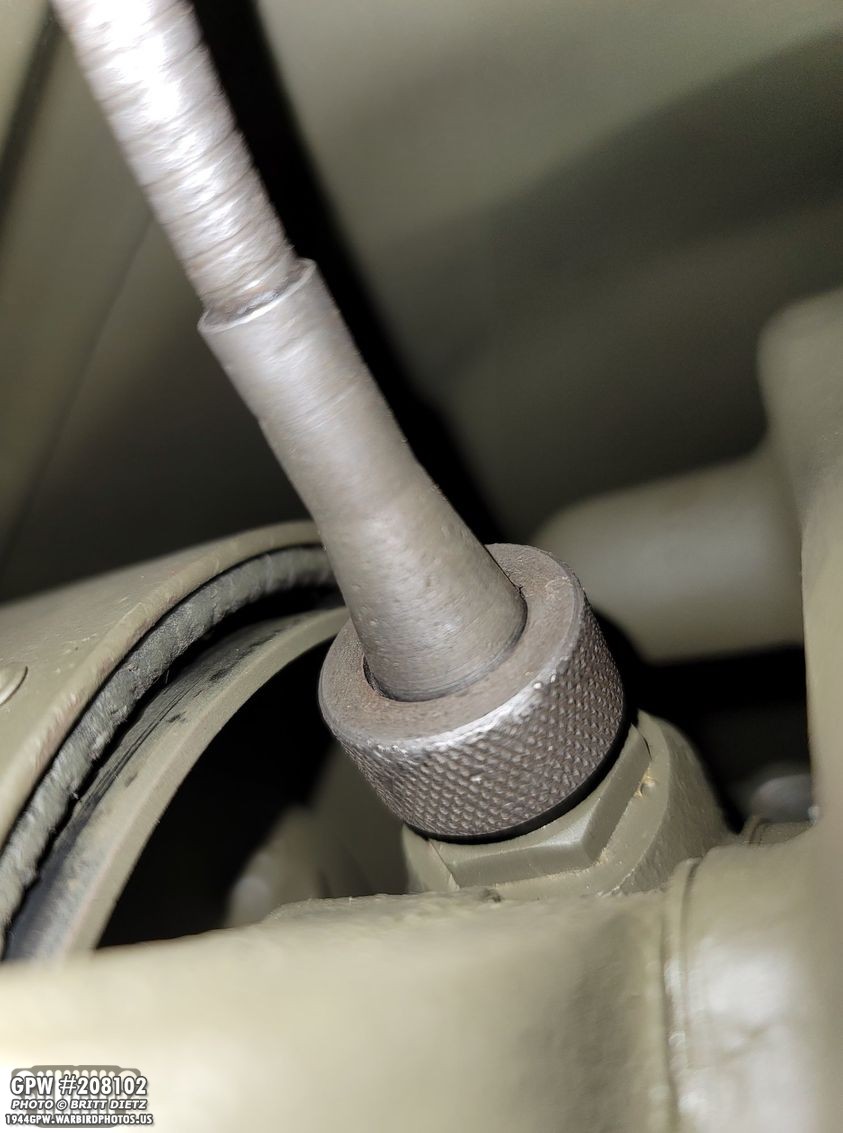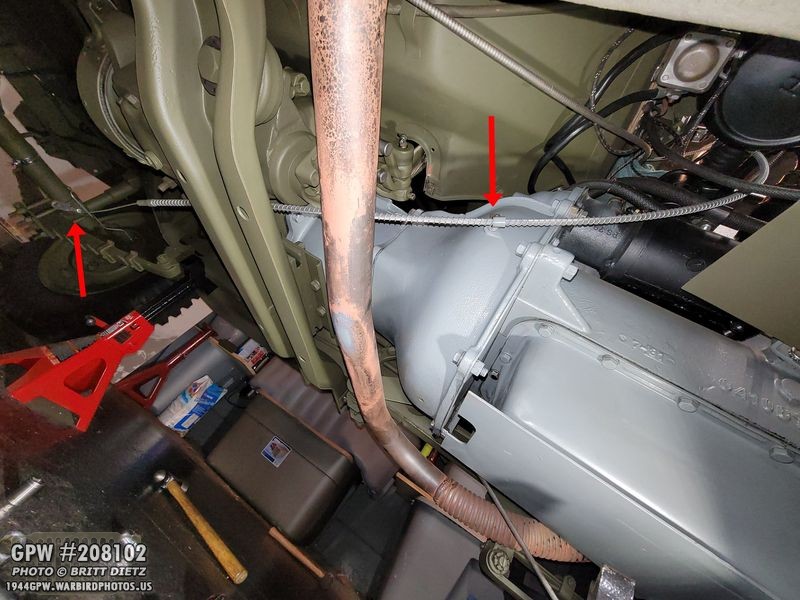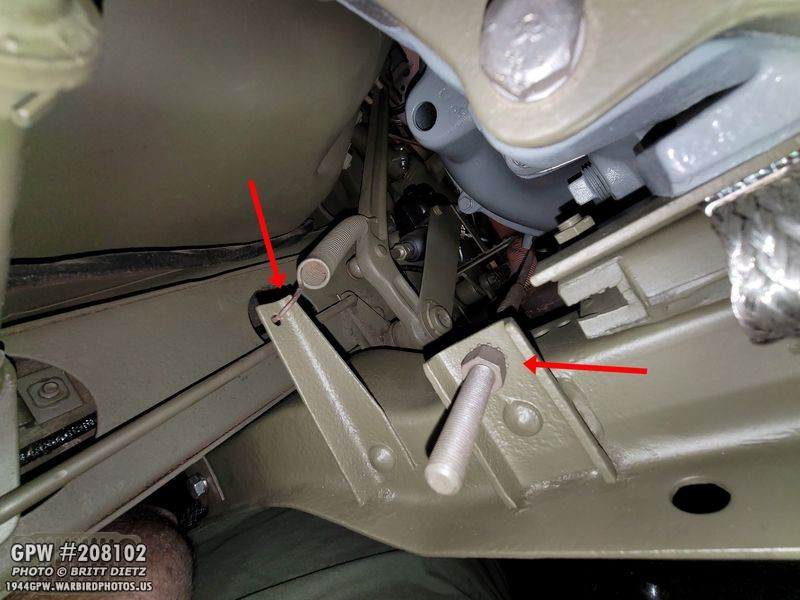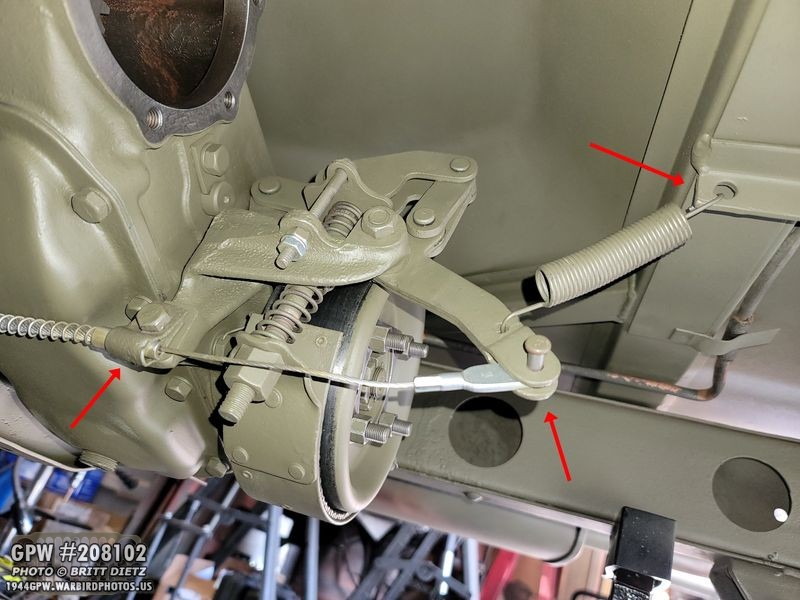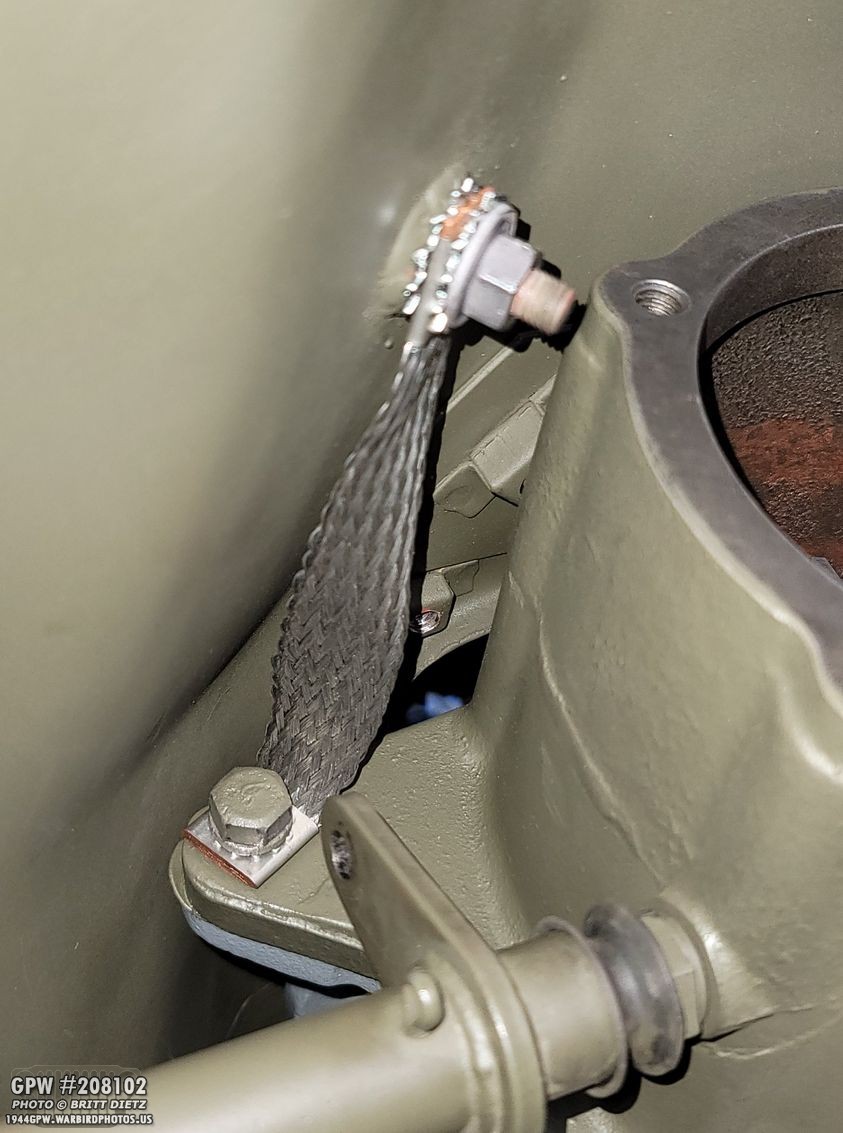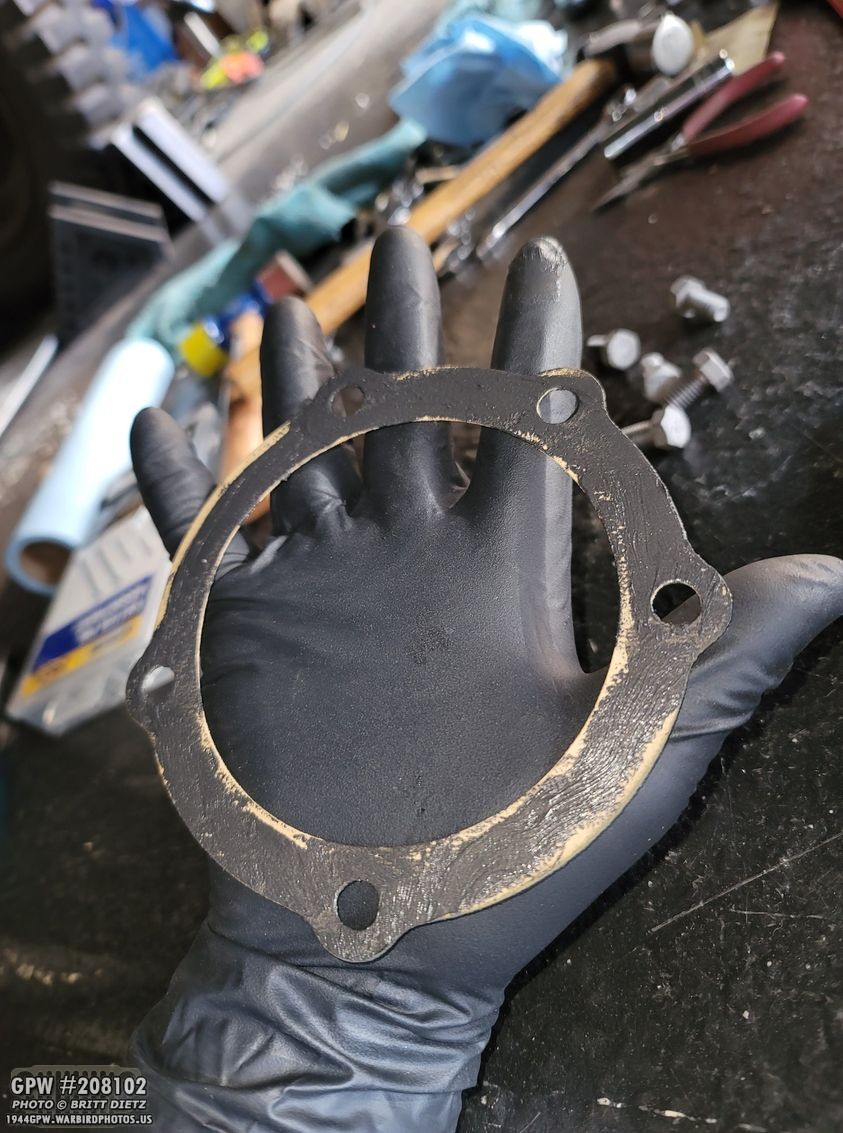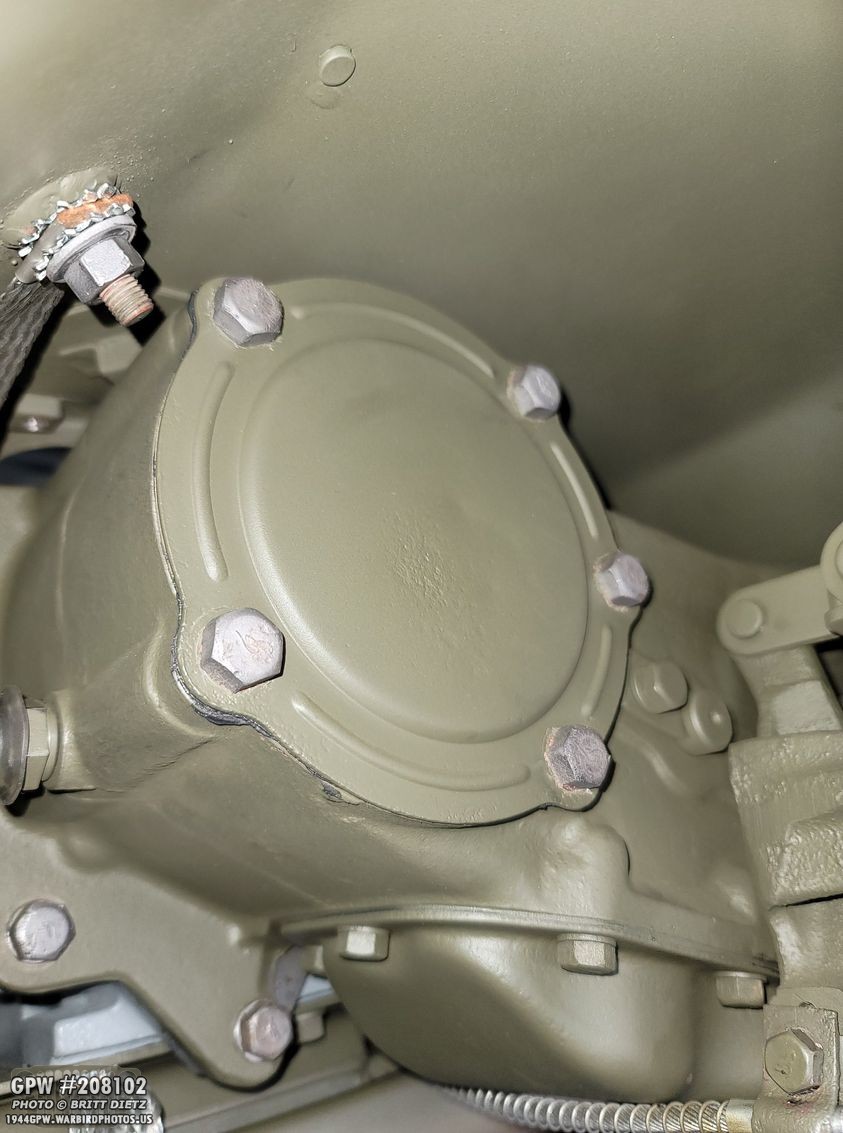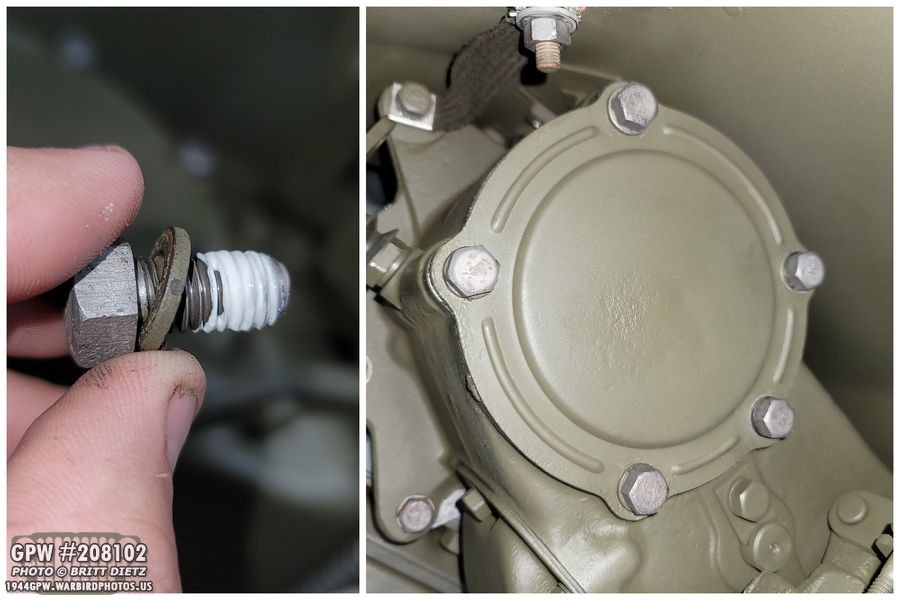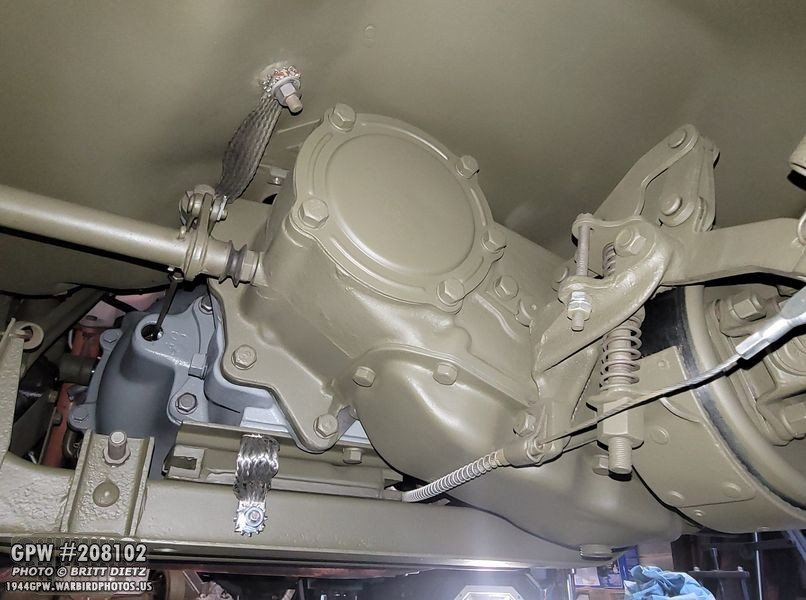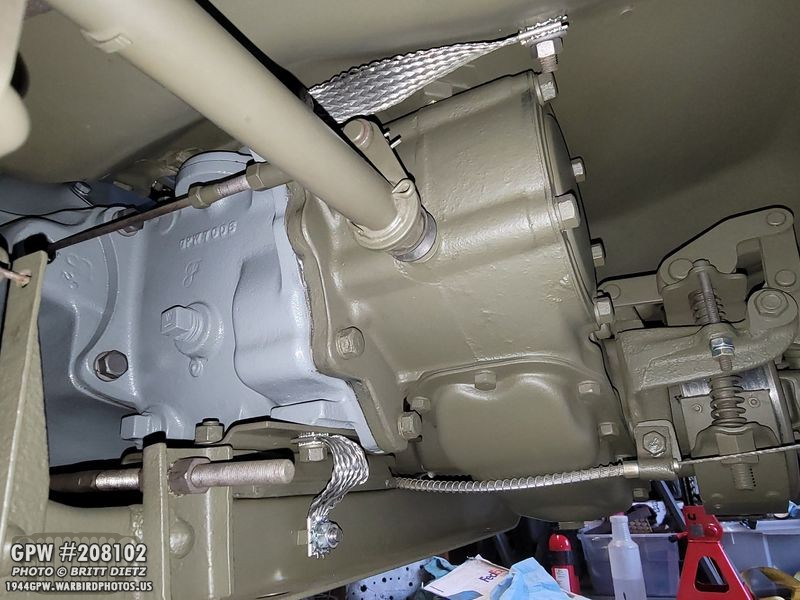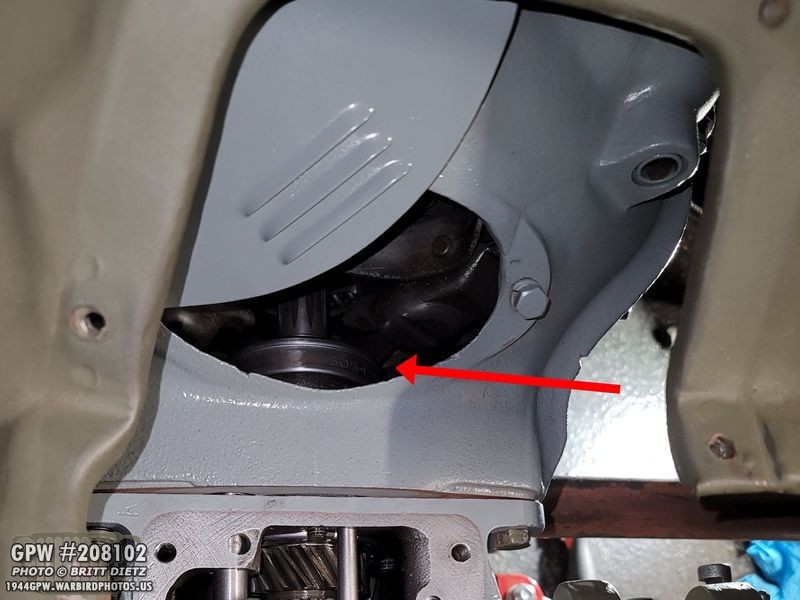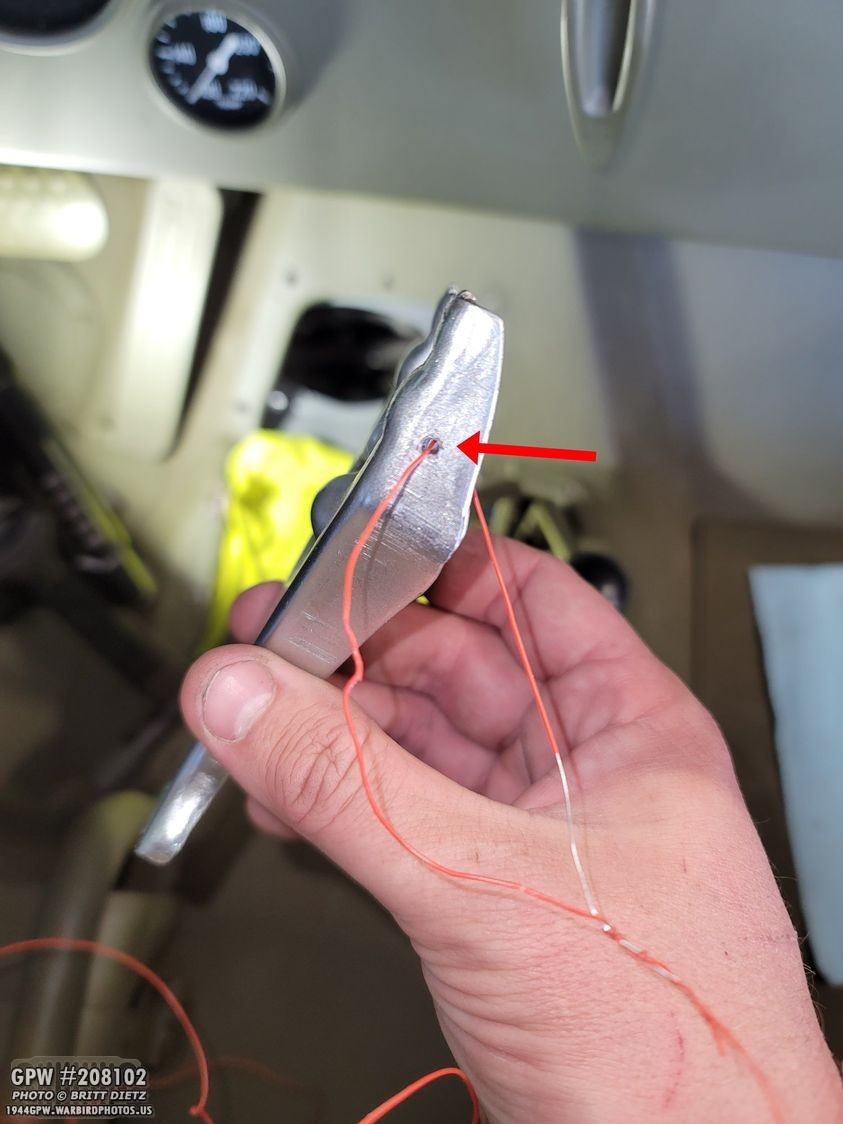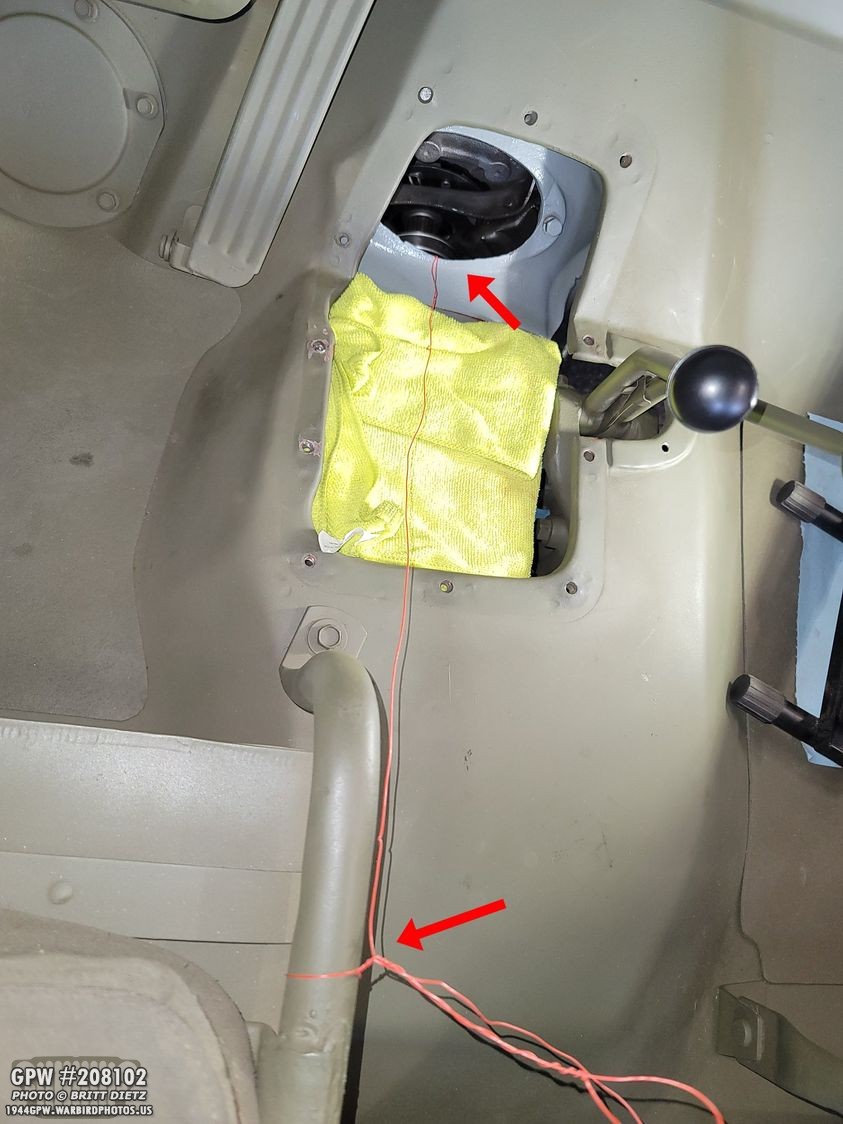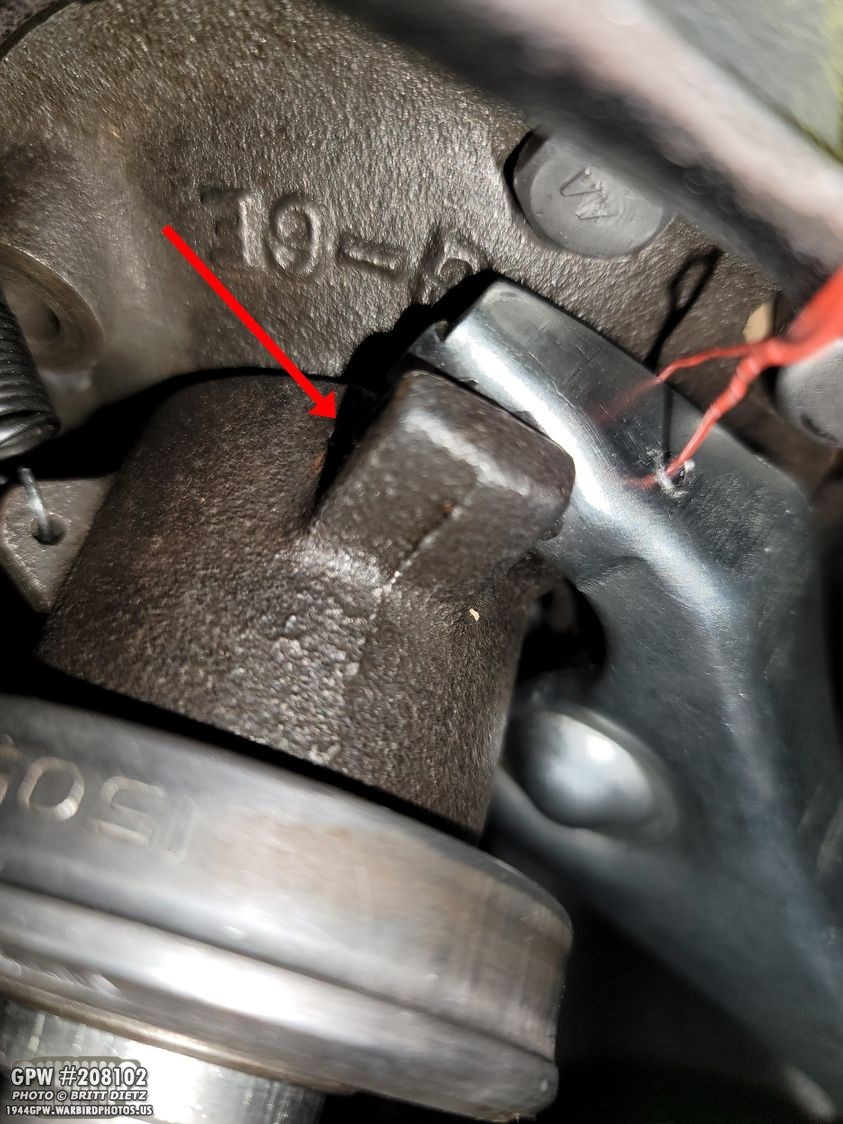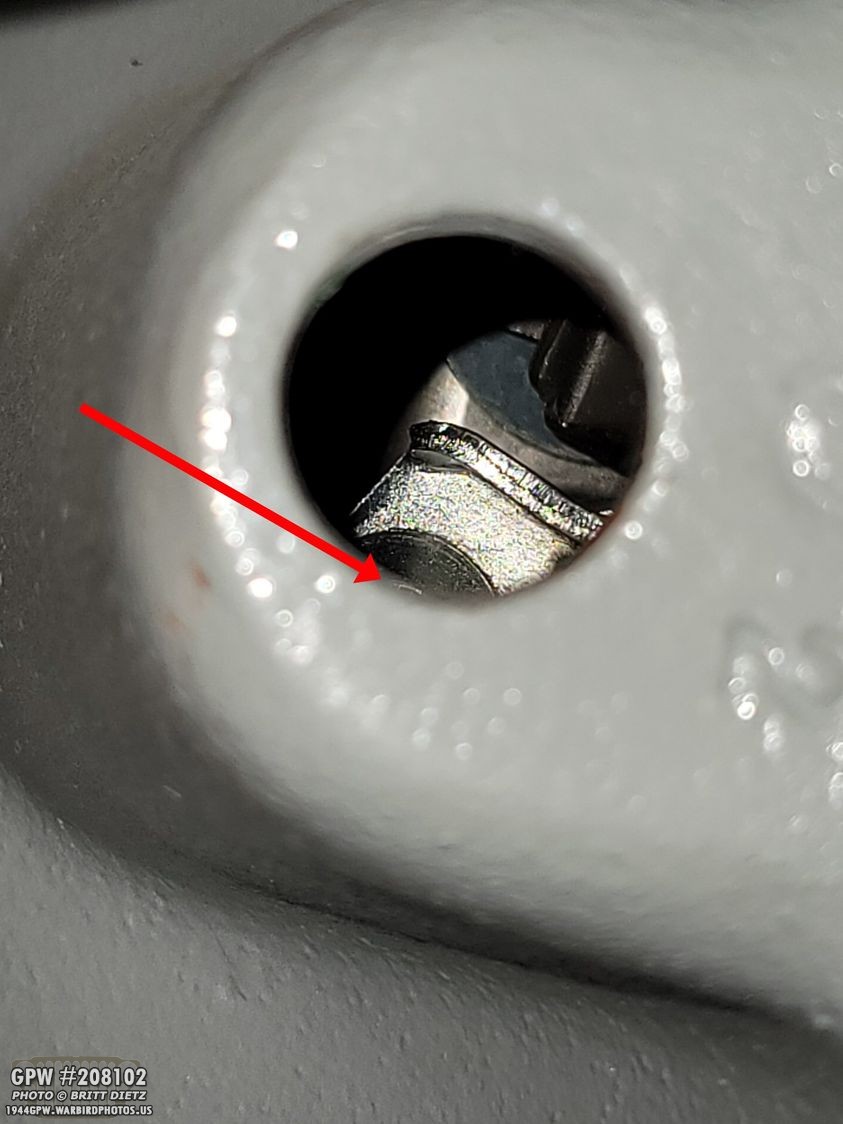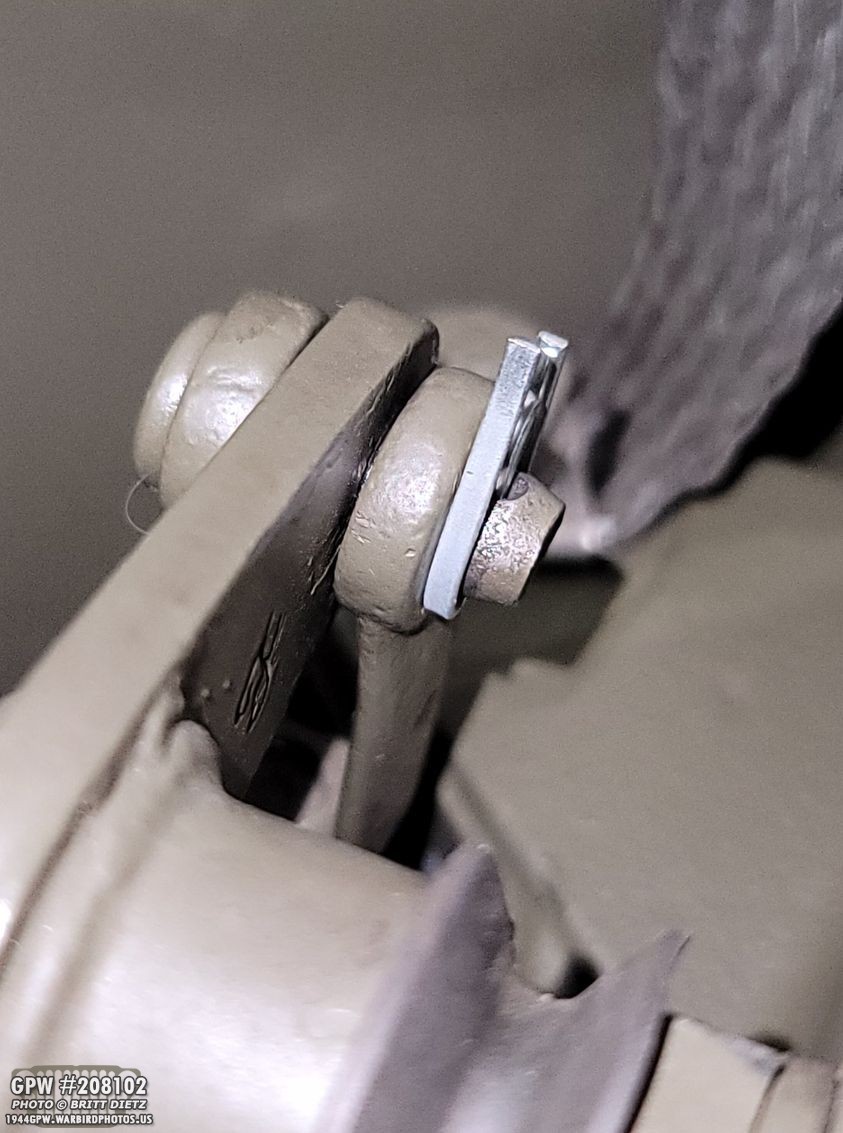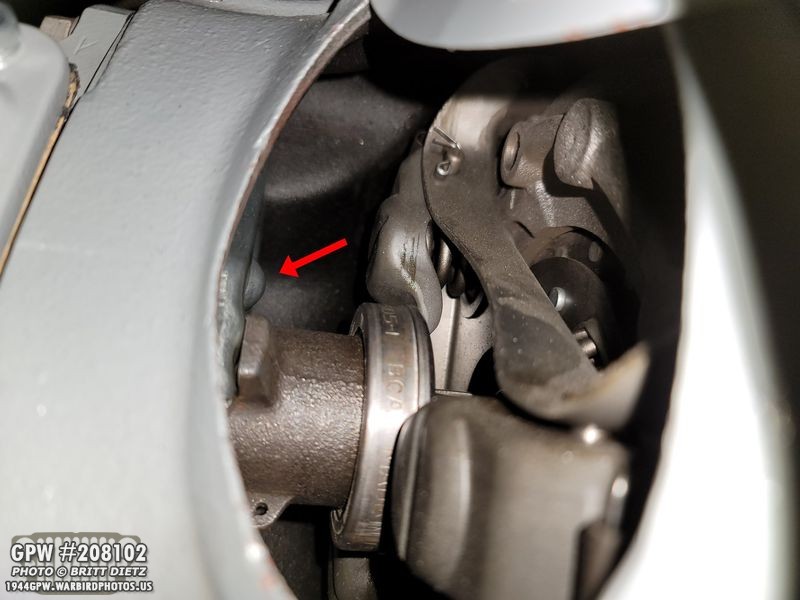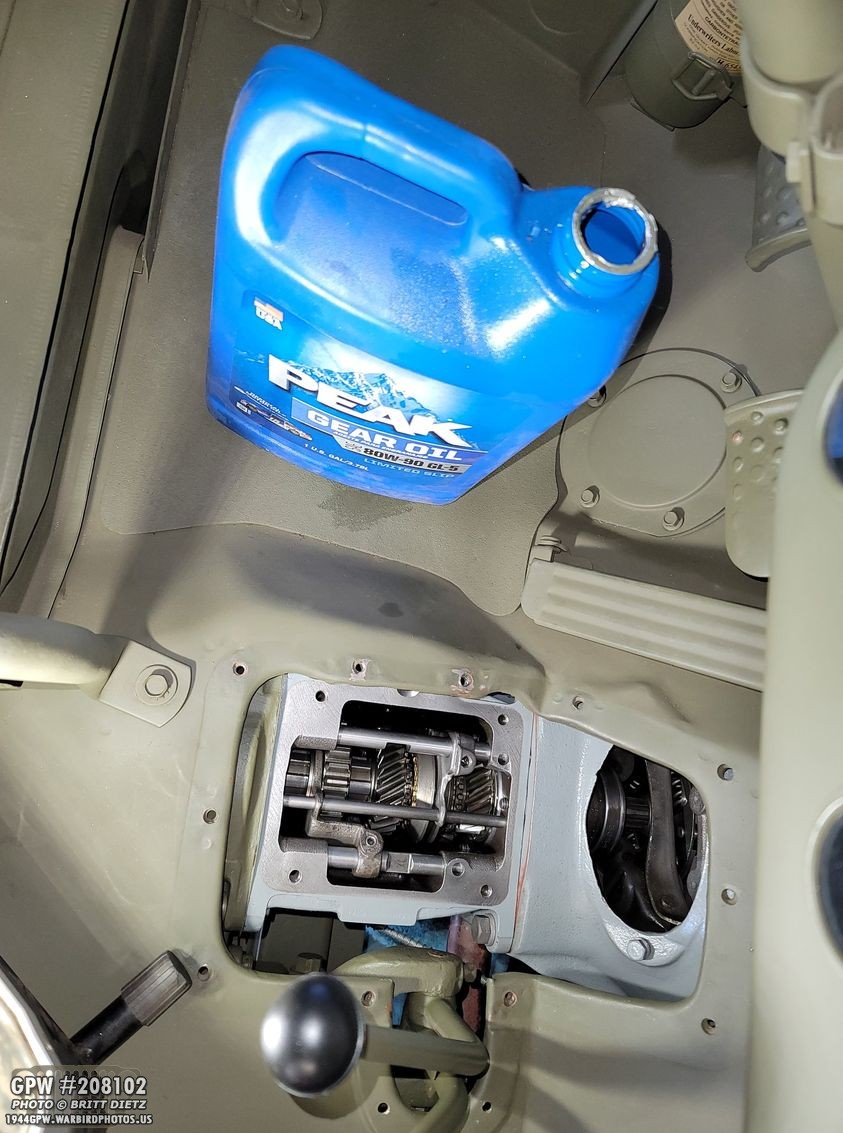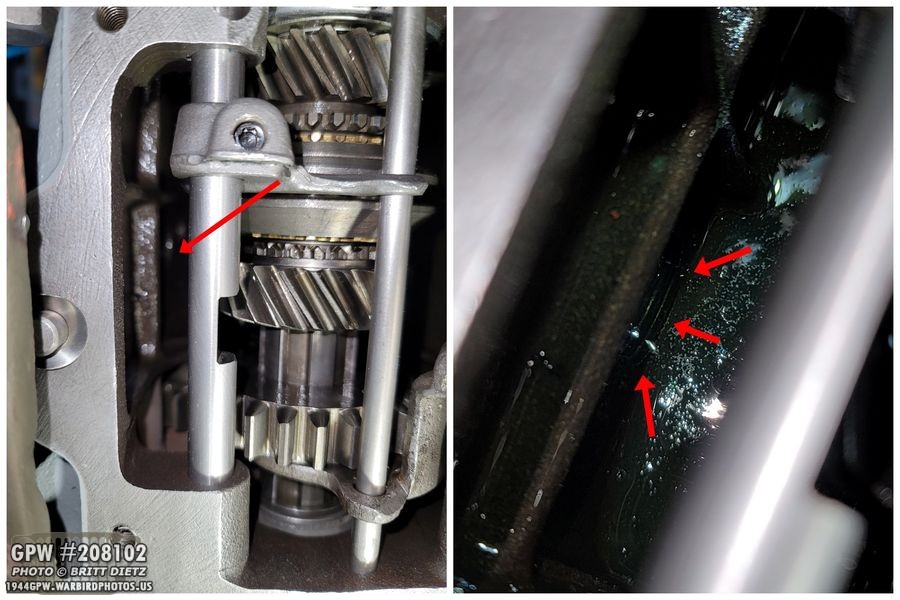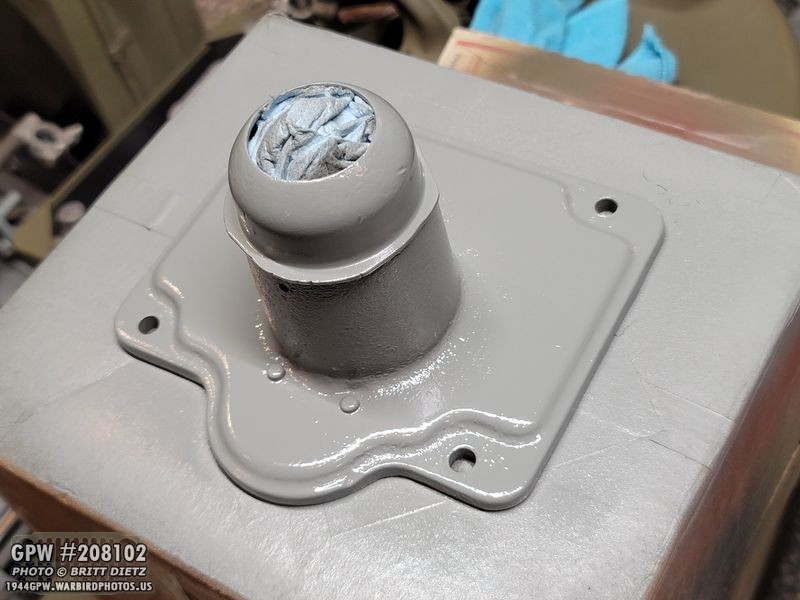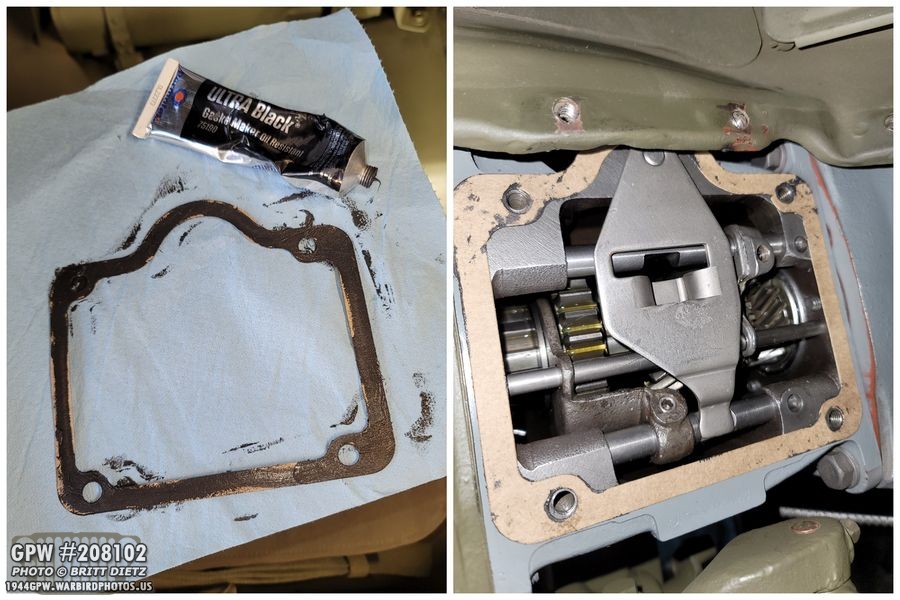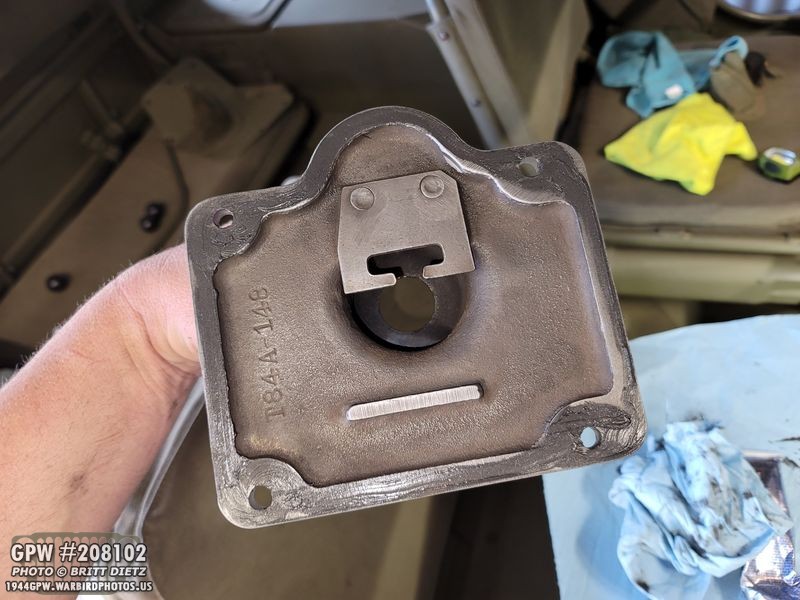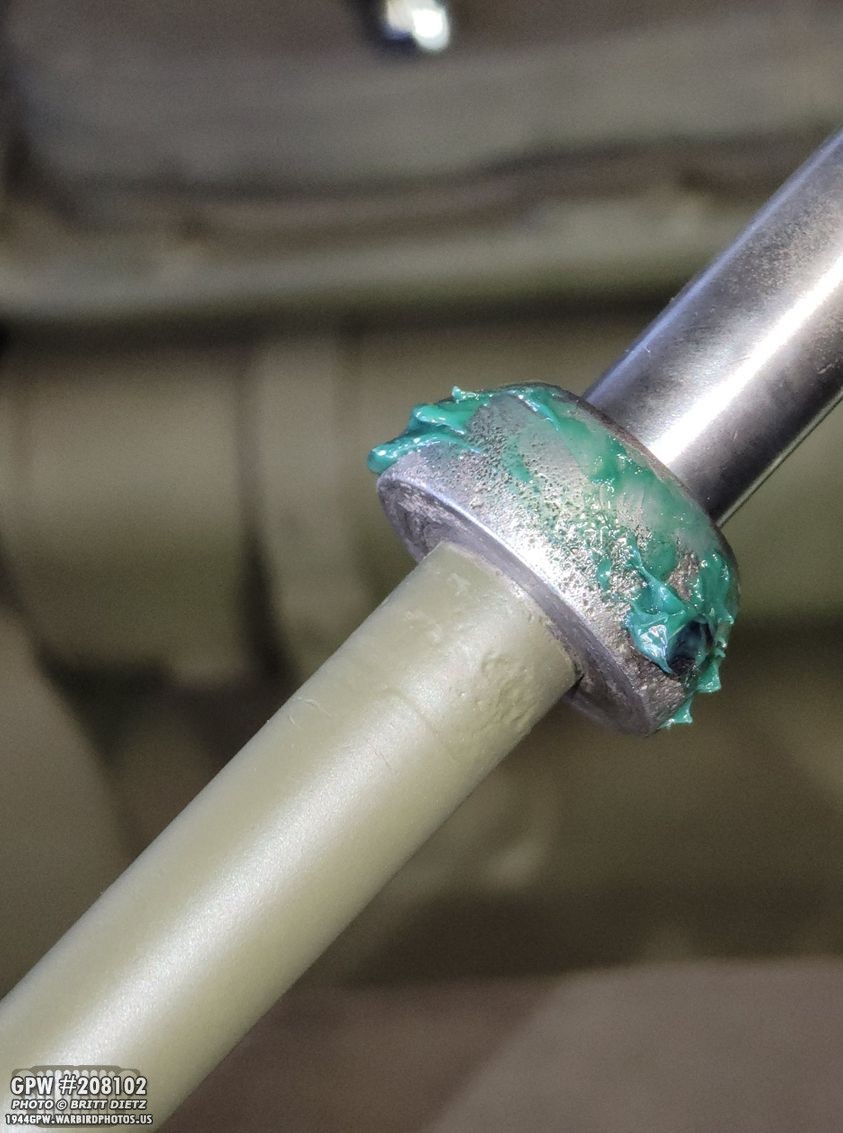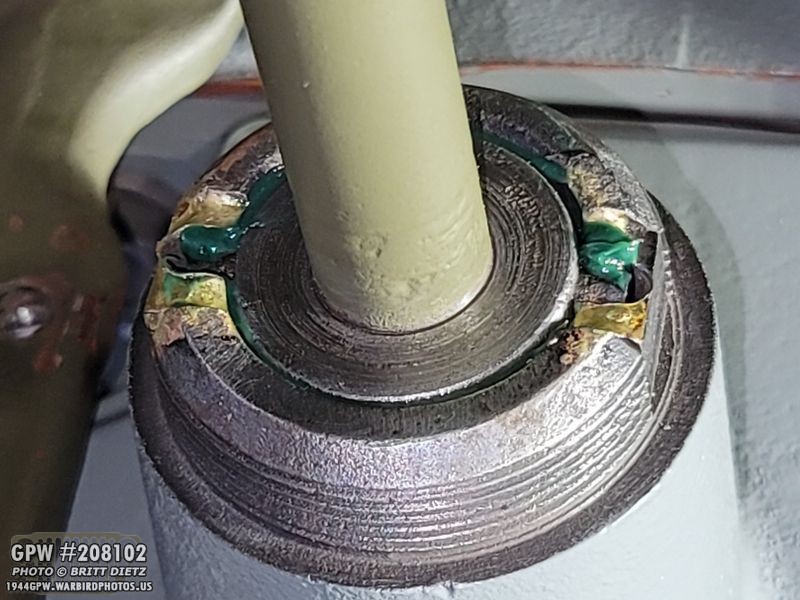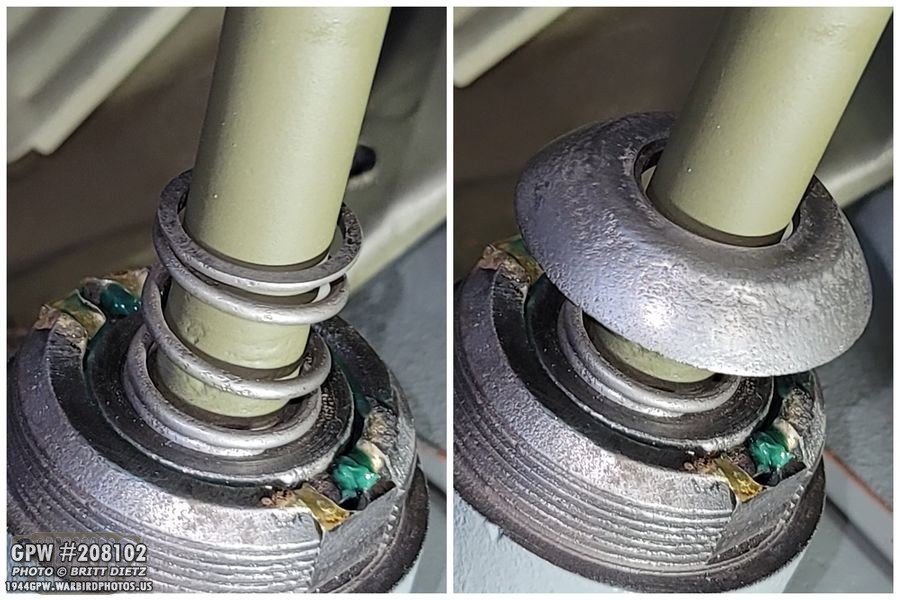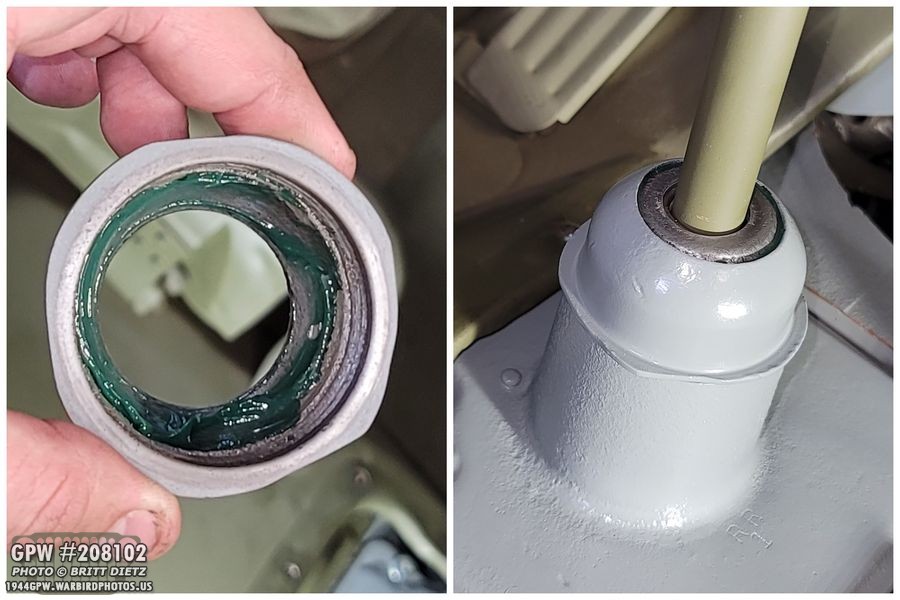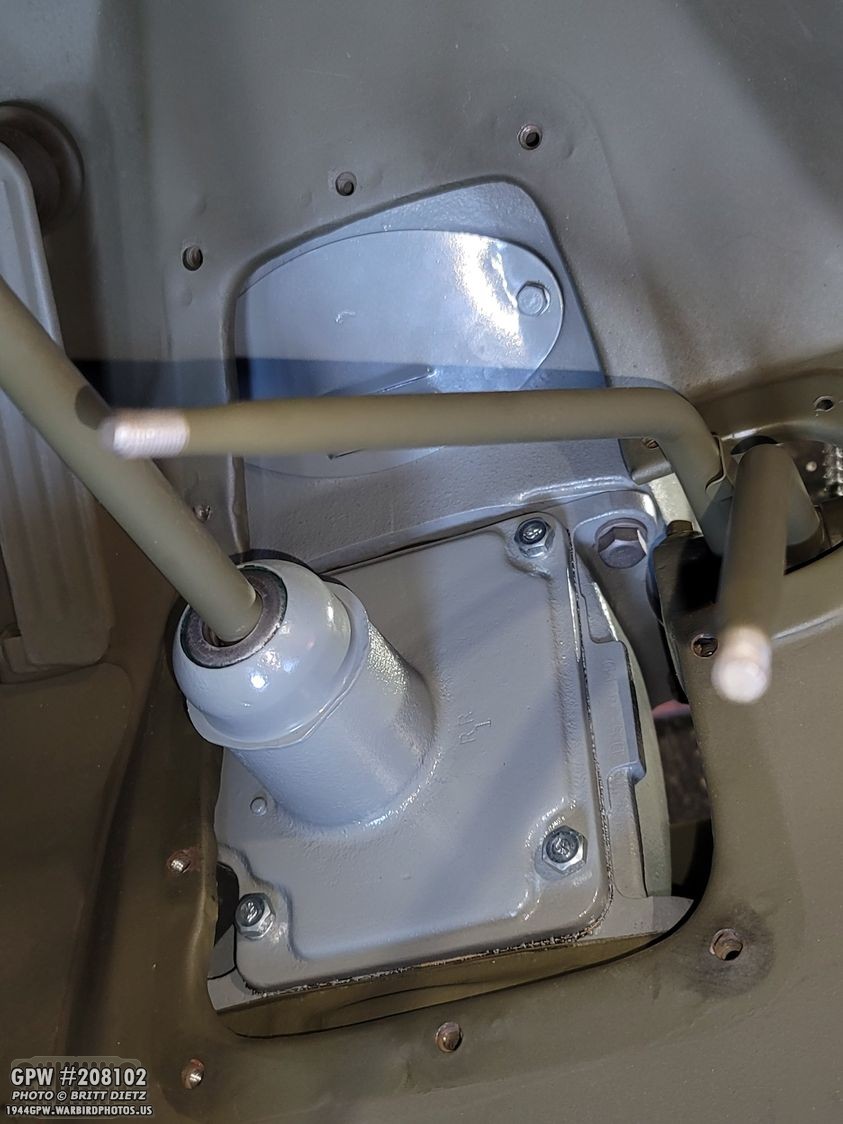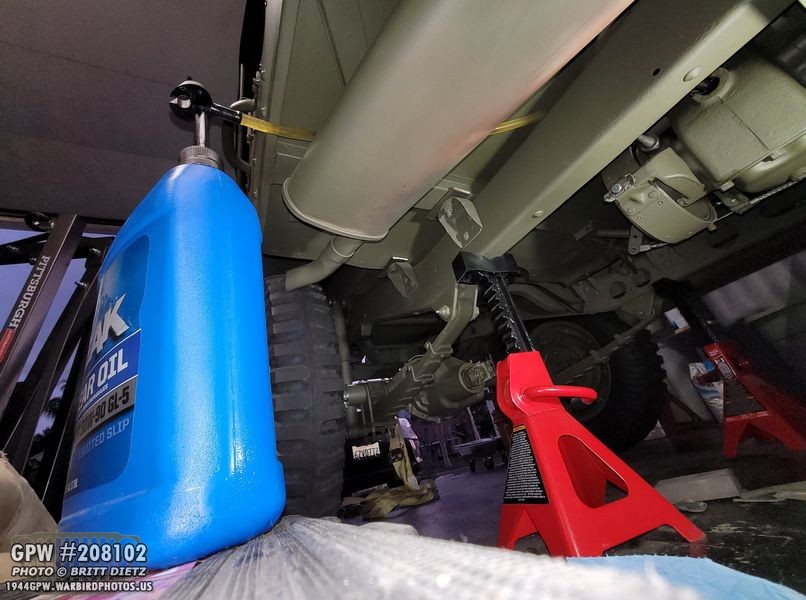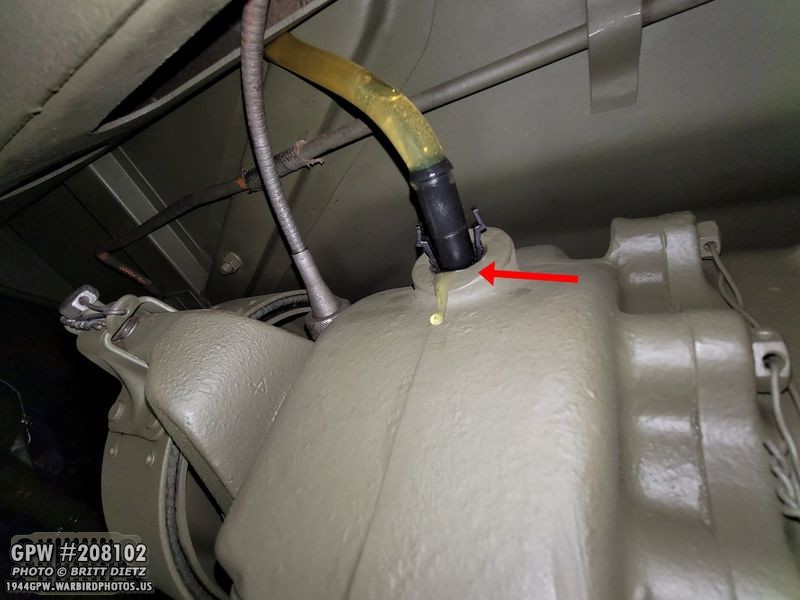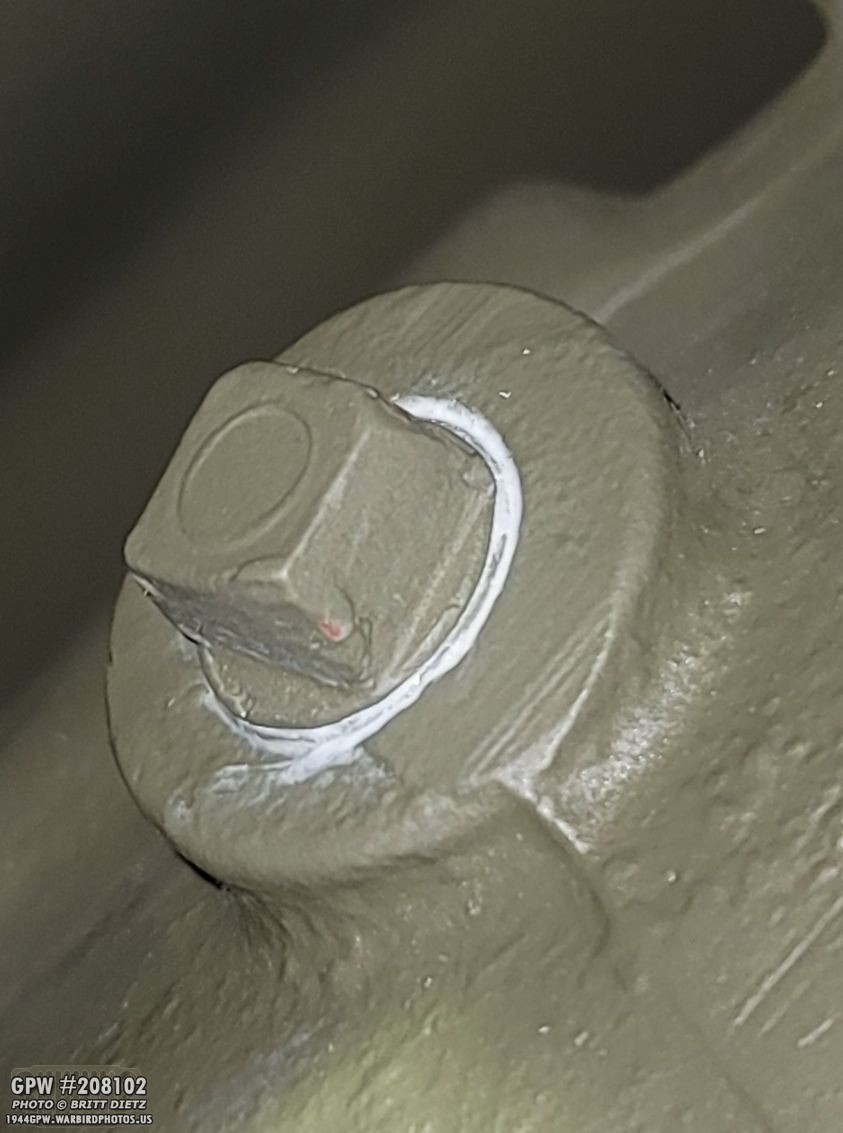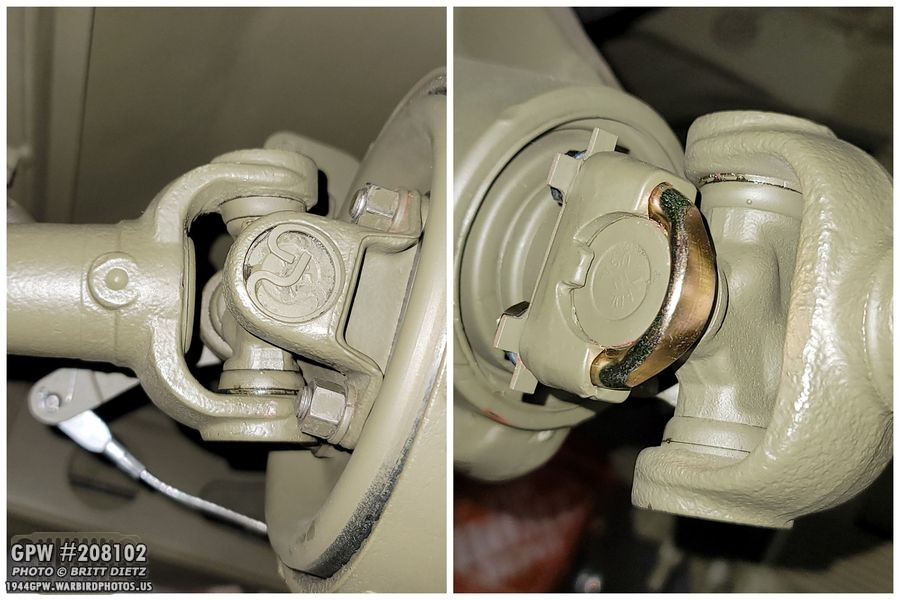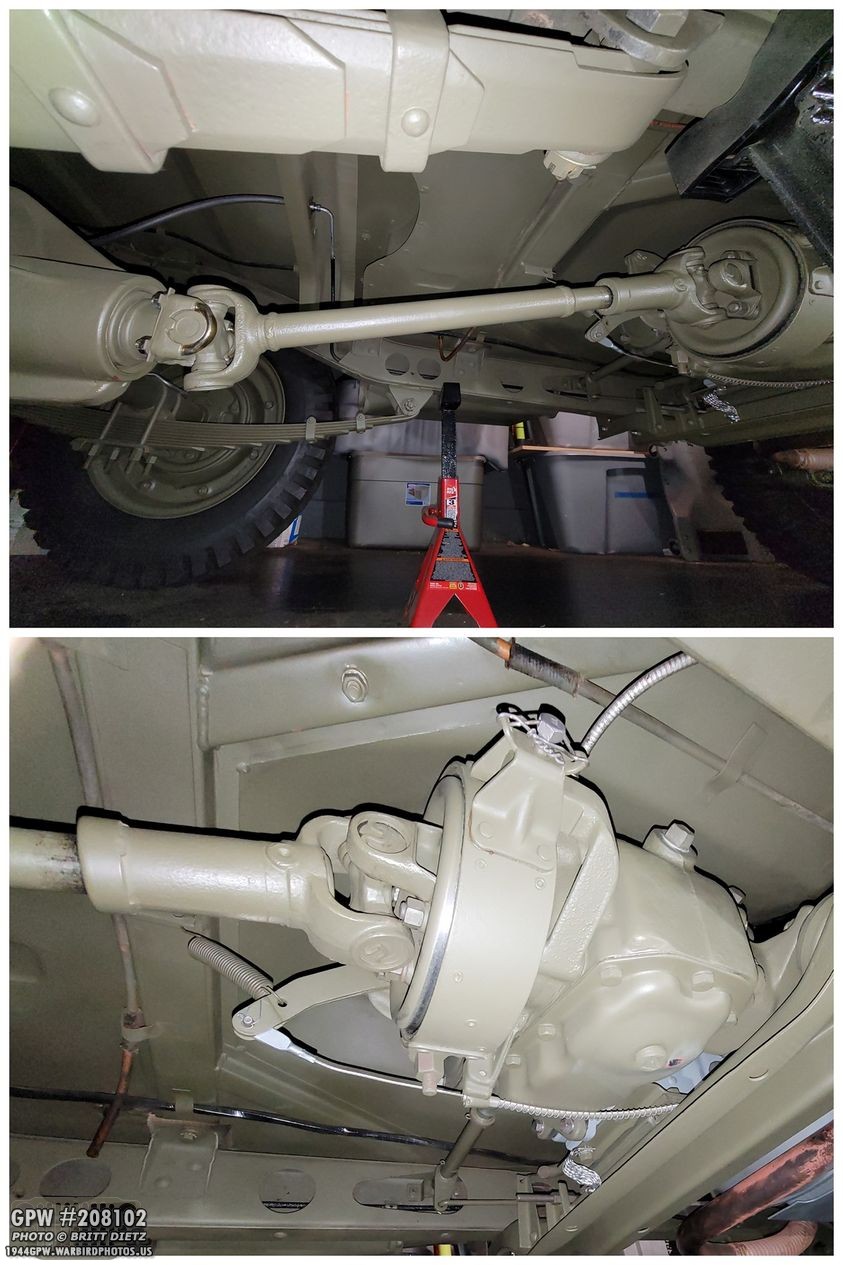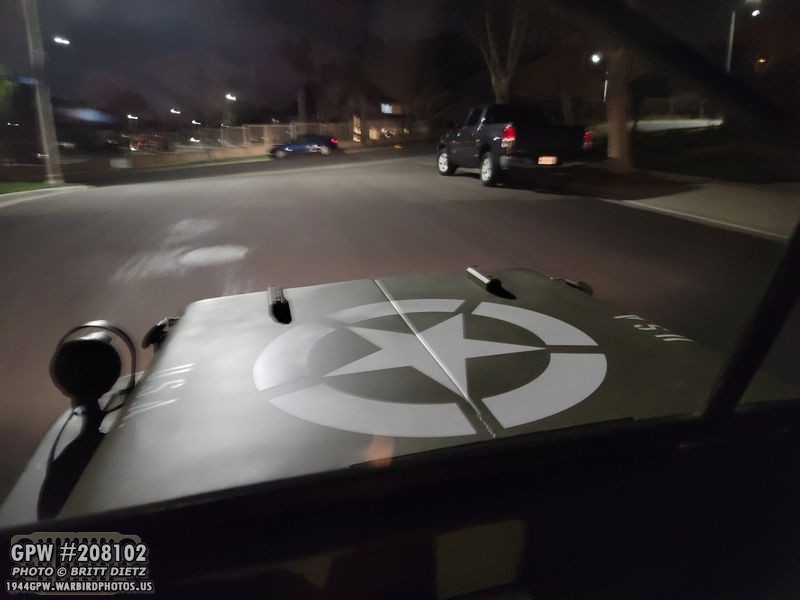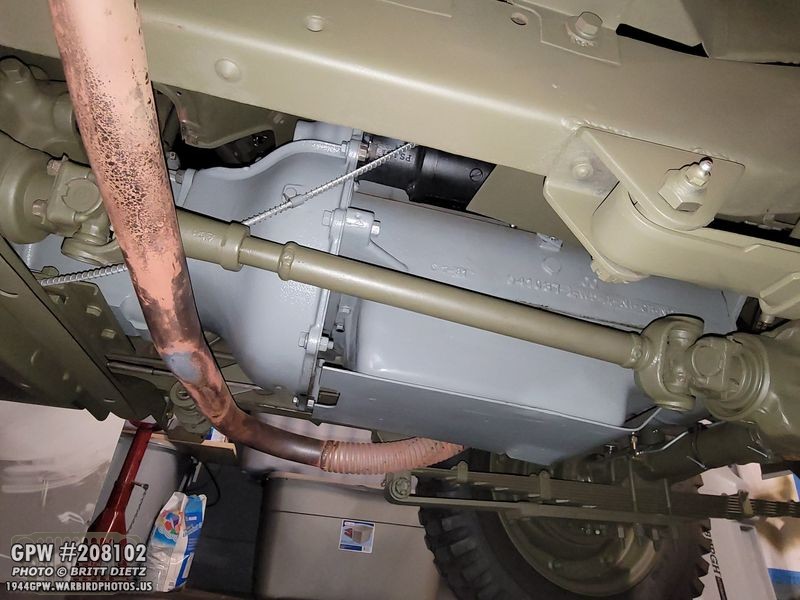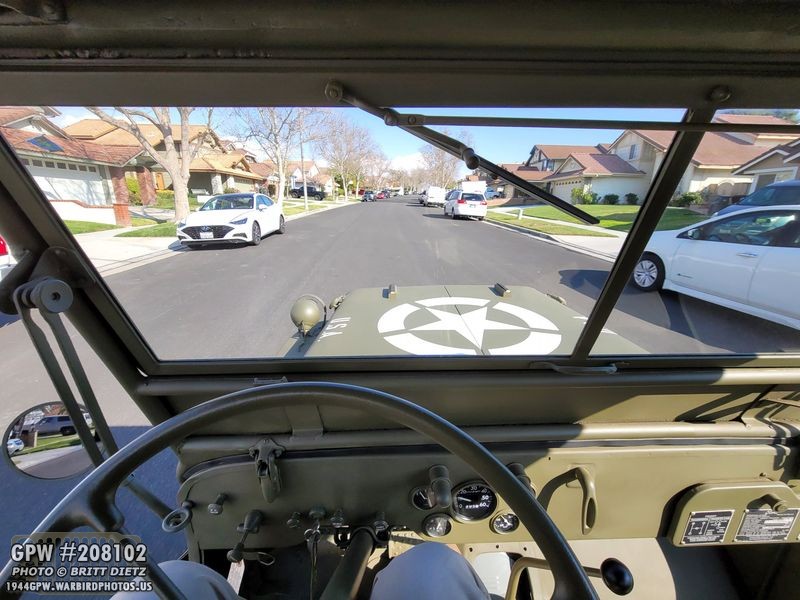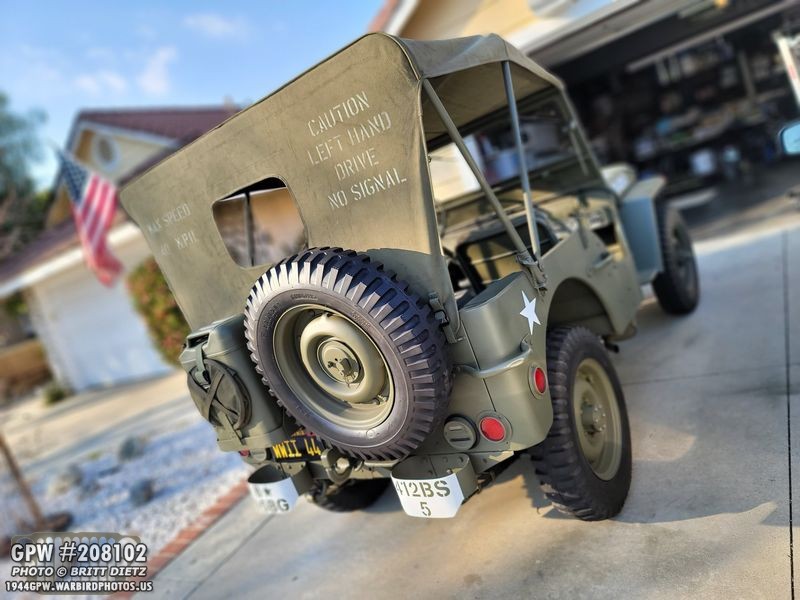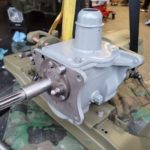 Transmission goes back in the Jeep!
Transmission goes back in the Jeep!
It’s been a month since the transmission and transfer case project started and it’s all lead up to this! It finally goes back in the Jeep. After a full tutorial on how to put it back in, I fill it with oil, reattach the driveshafts, and take it for a spin! How does it turn out? Well, you’ll have to read this update to see!
Here’s the Jeep back after a second test run with the rebuilt transmission and transfer case… so how did it go? Well, let’s put the transmission back in first!
The last month has been tearing apart the T-84 transmission and the D-18 transfer case, but finally, it’s ready to go back in! It’s been a long journey just to get to this point and quite the learning experience along the way.
Here’s what we have to do first… join the T-84 and the D-18 back together! There’s several steps to make this happen, however, so let’s dive in. Side note – I have a cover on the T-84 so no dust and debris get into the Transmission.
First, we need to get the Transmission to Transfer case paper gasket ready to go! First, I put RTV gasket maker on one side of the gasket. While I don’t have the entire gasket covered, I ended up covering the whole thing. You have to work fast as it dries pretty quickly.
I pressed the gasket onto the transfer case and lined up the holes. Then I quickly put RTV on the other side of the gasket. Again, working quickly is key for a good seal.
Before you can mate the transfer case and transmission, you need to make sure this squirrely pin, which prevents you from shifting both the 1/st reverse gear and the 2nd/3rd gears at the same time, in place. It has a slot on the face of the transfer case that it sits in, holding it in place. But as you put the two sides together, it will want to fall off. I’ve put some grease on it to hold it in place, but that only ‘slightly’ helped.
Now, working quickly still, go ahead and start to push them together.
I found that taking a small wire with a V shape and putting it under the bolt you see there you can push up that pin that’s a pain in the you know what. It helped me get it into place in the slot and then quickly pull out the wire before pushing it the rest of the way together.
It didn’t want to completely seat together, so I used long bolts to pull the two of them to a tight seal. I used three bolts total, the two shown here and the bolt at the bottom ear. These are not the final bolts, but just temp bolts to quickly mate the two parts together and get it tight so the RTV can adhere.
After I left it set for a few minutes (and take a break), I removed the temp bolts and put in the correct bolts one at a time to make sure it doesn’t break the seal.
One thing to note, the hold bolt on the transfer case shifter pin is actually safety wired to the front right bolt for the transmission cover, shown here. I won’t be doing that in this update, just in case I have to remove the transmission cover to make any adjustments, but I wanted to showcase it.
Looking inside the transfer case, here’s the output shaft from the transmission coming through. Let’s go ahead and connect the transmission and the transfer case gears. First, put on the rear oil sling washer. This washer, I was informed, is actually correct to add and was a late war change they did to the transmission.
Then, add the large main shaft gear on the output shaft. This will connect the two assemblies. Make sure to line up the teeth so it meshes with transfer case 999 gear. Then, add the thick washer (bottom photo).
Finally, add the special castle nut on the end. Tighten it tight with a rachet, but not an impact gun! Make sure the slots in the nut line up to the holes for the cotter pin. Finally, insert a cotter pin and bend it over.
Now is a good time to make sure everything works! Put the T-84 into first gear (as shown here), and go ahead and spin the main input shaft (bottom left) going into the transmission. It should spin, if the transfer case is not in neutral and you should see the output shafts on the transfer case spinning. It might be a little snug with everything dry and new bearings/bushings. But this is a good time to make sure nothing hangs up.
With the two of them together, we can go ahead and get ready to mount them to the crossmember. I used the crane to lift it into the air and lower it onto the crossmember.
This makes it a lot easier. You’ll also need the crane later to lift the jeep really high up in the air to put the transmission back under the Jeep.
Lowering the transmission onto the crossmember, which was stripped of paint, cleaned, primed, and painted a few weeks ago, and lower it slowly. You’ll need to make sure the holes from the transmission mount bracket line up with the studs on the transmission mount.
Once down, put a nut on but don’t completely lower the transmission so the straps let go, as the transmission and crossmember will want to fall over backward from being back heavy. .
Now add the other nut and tighten them down (top two photos). Now, move on to the transfer case mount, which the bolt and rubber spacer go up underneath the crossmember, through the rubber ‘donut’ and then through the ear on the transfer case. A lock washer and nut finish that off. The transmission is now locked to the crossmember!
Here’s a look at the three (well, two technically because you can’t see the far one) attachment points to the crossmember.
Now is also a good time to attach the bond strap that goes from the crossmember to the bottom left bolt that attaches the transmission to the transmission mount bracket. I used star washers with internal/external teeth to make sure there’s a good connection, as this will help to add another ground point for the Jeep.
Using the crane one final time, lift everything back up, and move whatever you’re using to move the transmission underneath. For me, it’s the awesome Harbor Freight Tools transmission floor jack. That’s worth every penny getting in the next few steps! Here is the assembly with the rachet strap build into the transmission jack that will prevent the transmission from tipping over.
Here’s a fun before (left) and after (right) showing when I first pulled it all out, and just before I put it all back in! Quite the difference here.
This is where you need to either jack up the rear of the Jeep really high, or use the crane (like I did) to lift the rear of the Jeep up in the air. That makes it high enough to roll the transmission under. Move it up till the front input shaft is just behind the bell housing. The problem is matching the angle on the transfer case with the angle on the bell housing. In the bottom photo, you can see the angles don’t match up yet.
To make them match, if you’re using a transmission floor jack like I am, is to do a bit of back and forth. Raise the transmission up with the Jack, and if you can lower the engine down any more, try to find a sweet spot where they will line up. For me, the engine wouldn’t drop anymore, so I have to raise the transmission up and manually pull it forward and down to line things up.
BEFORE you push it in, we still have some things to do! We need to prep the front of the T-84 transmission. Take off the input shaft cover (as shown here without it).
Take the T-84 front gasket and load it with RTV and press it on. You only need to do RTV on one side. The outside that faces the bell housing doesn’t need RTV.
Now quickly put the output shaft cover back on. I put the bolts back on and tighten them down to it pushes the gasket with the RTV. I then removed each of the three bolts one at a time, taking the bolt out, putting on some Permatex thread sealer (since these go into the T-84 where there will be oil) and put them back in and tightened them back down.
Make sure you insert the Clutch release lever fulcrum ball now. Also, slip on the clutch throw-out bearing.
With the throw-out bearing on, attach the spring to the cover and throw-out bearing.
Before pushing in the transmission, go ahead and reattach the clutch control tube. It won’t be straight at this point, but it’s a lot easier to get it ready now than later.
Now, go ahead and start to push the transmission in. It helps to have the T-84 in first gear, as once you start to push the input shaft into the flywheel pushing, shown here the arrow is, if the teeth don’t line up, you can turn the transfer case output shafts which will turn that input shaft till the teeth line up.
It’s going to be a very very tight fit, so I once again got some long bolts and used them to push the transmission together to the bell housing. I did this in a cross pattern with the four bolts so it was a nice even mating of the two things.
I then took out the bolts, one at a time, and replaced them with the final correct bolts.
Now, before you can push up the transmission and crossmember and lock it onto the frame, we need to add the transfer case shift canes.
It was a pain to get these on. I have to get help from my girlfriend to hand them down to me from the top. I started this way, taping the anti-rattle springs (often forgotten) to the first shift cane. As my girlfriend held the cane, I inserted the pin (which has been greased) to hold the first cane in place. This didn’t work well, as we couldn’t get the second cane and spring in.
What worked was to insert both the canes, hold them in place, and then insert the two springs so they were rotated out away from the canes (blue arrow). Once the pin was all the way in holding it all together, I then rotated up the two springs (yellow arrows), and squeezed them one at a time until they went around the shift cane. It scratched them up pretty good, but nothing that can’t be painted over, and it won’t matter as it’s under the leather boots anyway. Don’t forget to add that square hold screw to lock the pin in place.
Here’s a look from the top after a little bit of sanding on the cane. I’ll paint that so it looks better. But, again, it doesn’t really matter since it’ll all be covered.
Start to lift up the transmission and crossmember to the frame, as you do that you should be able to straighten out the clutch control tube and then get it bolted to the side of the frame (those are original F bolts!)
Keep lifting until the holes from the crossmember line up with the bracket holes on the frame. For me, they didn’t line up all the well, especially since before there were incorrect bolts in there, and I’d be putting the correct 3/8 sized bolts in there instead. I had to use some punches to pull and stretch things so the holes line up.
It took some time, but I got all the 3/8 bolts in on both sides and locked into place. The top bolt on either side I have a higher grade 5 since it’s taking on the bulk of the weight.
And there we go, the transmission is back in the Jeep! But we still have some things to reattach.
I screwed the speedometer back onto the transfer case. Now that I fixed the threads on it (see last week’s update), it screws on nice and tight!
I then fed the emergency brake line between the cross member and the transfer case, attaching the hold clip to the side of the bell housing.
Around back, I put the brake pedal spring back on the crossmember bracket, and I put the engine stay cable back on.
I then added the clip to hold the end of the outer part of the emergency brake line on, put the clevis pin holding the end of the e-brake line to the e-brake arm, and the main spring for the e-brake back on.
I put the final bond strap on going from the rear top left ear of the T-84/Transfer Case bolt and on the bolt that goes through the body tub hump floor. I used the internal/external star washers. This is another good ground for things. It seems awfully tight, I’m not sure this is the correct bond strap, but it was the only one that matches the photo that I had left of the bond strap kit.
Now, time for the rear transfer case cover. First, the paper gasket. Again, as before, I covered the first side with RTV.
I then pressed it on, put RTV on the other side, put the cover on, and tightened down the bolts.
And again, after I let it set a bit, I took each bolt out one at a time, put some Permatex thread sealer on, then put them back on all nice and tight.
And there we go everything is installed from underneath!
Here’s another look. Looks so much better, and so much cleaner! But, we still need to finish things off on the top side! This includes the clutch cable, which you can see on the middle left going into the bell housing.
We need to add the clutch fork lever which pushes the clutch throw-out bearing releasing the pressure plate. Some people add this before you finish mating the transmission to the bell housing, but I found that difficult to do, so I waited.
One trick I did this time around, which was PERFECT, was to drill a small hole on the side of the fork and add some very thin wire as shown.
I then twisted the wire around the driver’s seat leg. This will prevent the fork from falling down into the bottom of the bell housing, which is a PAIN to get out.
This worked perfect, as I was able to get the fork teeth behind the ears on the throw-out bearing and also on the fulcrum ball. I made the wire taught enough on the driver’s seat leg that it would stay in that position.
Looking under the jeep through the clutch cable hole, you can see the fork was lined up perfect in there (I couldn’t get the camera higher to show the exact spot the clutch cable ball end will grasp, but trust me, it lined up. Then, all I had to do was insert the clutch cable in this hole, push it in further than the fork, move it over to the right so the cable went into the middle of the hole on the fork, and then carefully pull back till the ball end was being grasped by the fork. Because it’s being held up by the wire, I was able to make several attempts at this before the cable caught the fork, worked perfect!
Once it was lined up, I could take the clutch cable and attach it to the clutch control tube via a clevis pin and cotter pin.
I then was easily able to take out the wire I added to hold it in place, and the clutch fork/cable was now where they need to be. This was insanely easier than when I was restoring the Jeep during the main restoration in 2019 and put the engine/bell housing on.
Rather than the hard way of putting the oil into the T-84 box, I opted to just pour it in from the top! Much easier, and it’ll coat the gears right away.
The trick is, you HAVE to keep a VERY close eye on the oil level and fill it slowly! Once the oil level meets the bottom threads for the fill plug, STOP! DO NOT fill any higher than that.
Now we can add the cover.
As before… gasket, RTV. Place gasket on and line it up. IMPORTANT NOTE: This is your LAST chance to make sure that everything is good with the trasnmission. Make SURE you add the shift plate spring and the shift plate, as shown in the right photo.
I then put RTV on the cover, rather than the gasket for the other side.
As before, to let things set, I just put the top bolts in and tight. I’ll go back and add thread sealer to the bolts after the RTV has set. Now to finish the cover.
Take your main shift cane, and grease up the ball and small pins on either side.
Insert into the top. It fits so nice after Tom’s brazing!
Then add the spring, and the cupped washer.
I greased up the cap where the cupped washer will rub. It takes some work getting that cover on, as the spring will want to push it off. But eventually it’ll catch and screw on.
And here’s a look at the finished product! Cover is all installed, shifter canes are all installed, and the bell housing maintenance cover closed.
To fill the transfer case, I went with a manual pump to pump the oil in. This took FOREVER. My arm was incredibly tired from the several hundred pumps I had to do. Ugh. Anyone have any other good ways of adding oil easily to the transfer case?
With this method, you know you’re good when you see the oil start to drip out. It’s filled at that point!
I put some thread sealer on the fill plug, screwed it in, and tightened it up. I’ll touch up the paint once it dries.
I then went and added the rear driveshaft. I used brand new U bolts I had bought. For those who have been following along before the transmission project, after replacing the CJ axles with wartime GPW ones, I had a strange clackity sound coming from the rear of the Jeep. Doing this transmission project was a way to eliminate it as a possible suspect (and it needed to be done anyway). I got the new u-bolts as some people mentioned it could be those.
After attaching the drive shaft, the Jeep just needed to be taken off the jack stands… and it’s ready for a test drive.
I will admit, I was a bit nervous. It was a LOT of work with the transmission, and I was a little fearful something would need tweaking requiring me to take it all back out. I had a feeling the clackity sound would still be there, but I was more concerned to make sure shifting things went smoothly. So, I rolled the Jeep out to the driveway, started her up (first time in a month!), and then pushed in the clutch… it went into reverse like better. A nice snug switch! Then, I put it into first, it was the smoothest shift I’ve ever felt. WOW! Then into second gear, nice and sold. No wobble from the shifter cane, just nice in gear and out of gear. No gear grinding. SUCCESS! I was happy! But the bad news, as expected, the clackity noise was STILL There.
For the first test, I only put the rear driveshaft in. The next day for the second test, I went ahead and put the front drive shaft back on.
Same thing, clackity sound was still there. But, at least the shifting was beautiful! There’s a slight squeal every now and then when I push in the clutch when I’m going to look at, but otherwise I’m happy with the transmission rebuild project. It shifts so well right now, it’s a GREAT feeling.
So that wraps up the transmission/transfer case rebuild. That also marks the very LAST thing on the Jeep needing to be restored/rebuilt (minus the original tub, but that’s a multi-year project I’ll start later this year). Now focus will shift back to the rear axle to try and figure out this clackity sound. No matter what, I’m happy with the work done the last few weeks, and I can’t wait to drive the Jeep more.
There’s a new fun project involving the voltage regulator and an alternator/generator to keep an eye out for… till next week!
